
Blue Mosque
Our first full day in Istanbul, after arriving at our hotel around 2am, involved walking to the Sultanahmet neighborhood. Here, we explored Hagia Sofya and the Blue Mosque. Hagia Sofya, a UNESCO World Heritage Site since 1985, is now a mosque and was once the largest Eastern Roman Church in Istanbul. Constructed three times in the same location, it is the world’s oldest and fastest-completed cathedral. With its breathtaking domes that look like hanging in the air, monolithic marble columns and unparalleled mosaics, it is one of the wonders of world’s architecture history (https://muze.gen.tr/muze-detay/ayasofya). I found Hagia Sofya amazing, beautiful, and breathtaking.
After Hagia Sofya, we wandered over to the Blue Mosque, which I found underwhelming. The Blue Mosque (called Sultanahmet Camii in Turkish) is an historical mosque in Istanbul. The mosque is known as the Blue Mosque because of blue tiles surrounding the walls of interior design. The mosque was built between 1609 and 1616 years, during the rule of Ahmed I. (http://www.bluemosque.co/) The mosque is under construction, so we could only see a small portion of it. I’m sure that once it’s completed, it too will take away one’s breath.
Following naps – I’m napping quite well in Istanbul! – we went to our first Hammam of this trip: Cagaloglu Hammam. The experience was FABULOUS! My attendant, Ibek, took great care of me. First, I rested on a marble slab in a very hot room, similar to a sauna. Next, Ibek moved me to a center room with a giant marble slab. Here, she scrubbed my body to exfoliate all of the dead skin cells. Then, she covered me with foam bubbles – how she makes them, I’m still not sure. After washing me, she massaged my sore muscles. It was a sweet and wonderful experience.
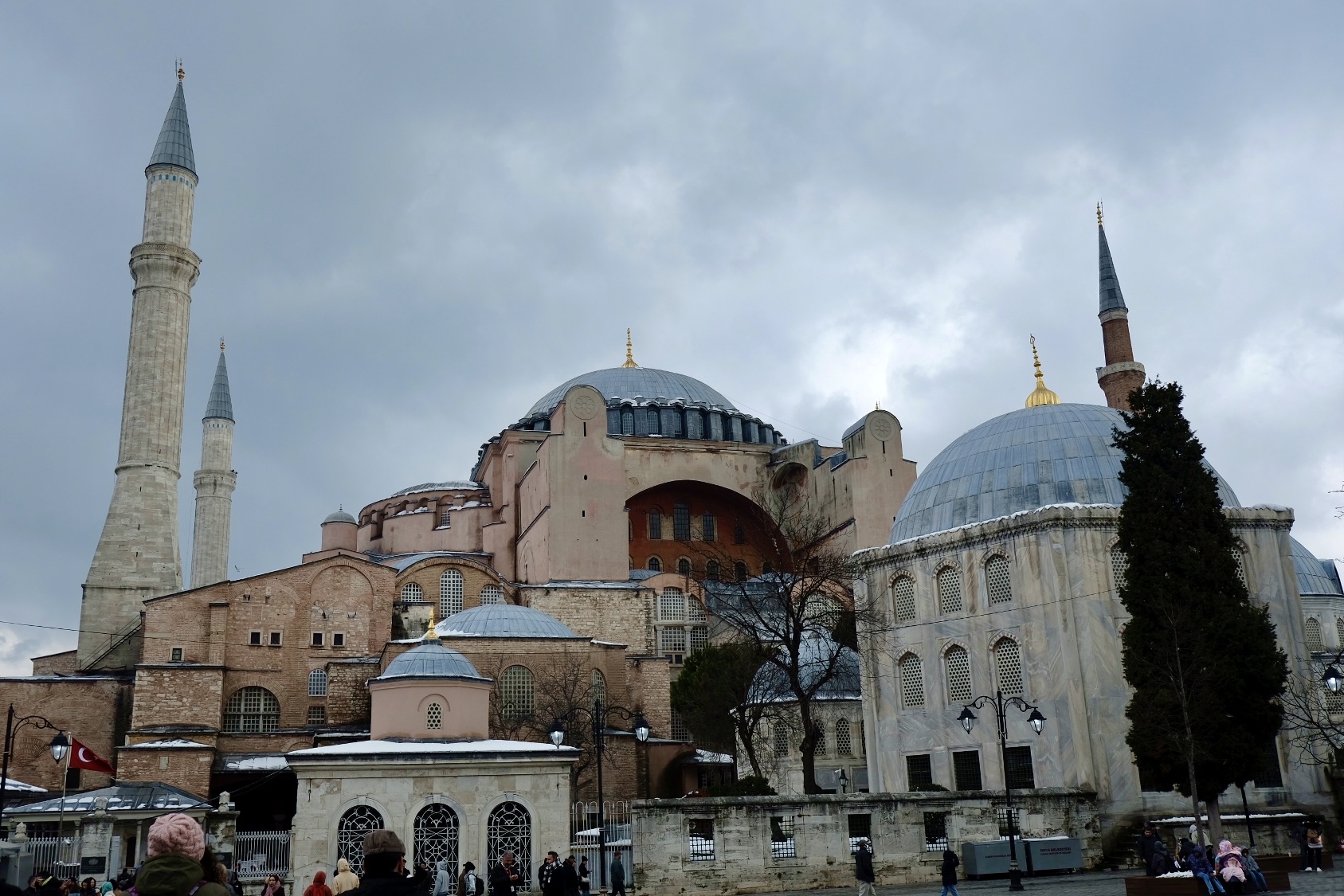
Hagia Sofya

Hagia Sofya

Hagia Sofya
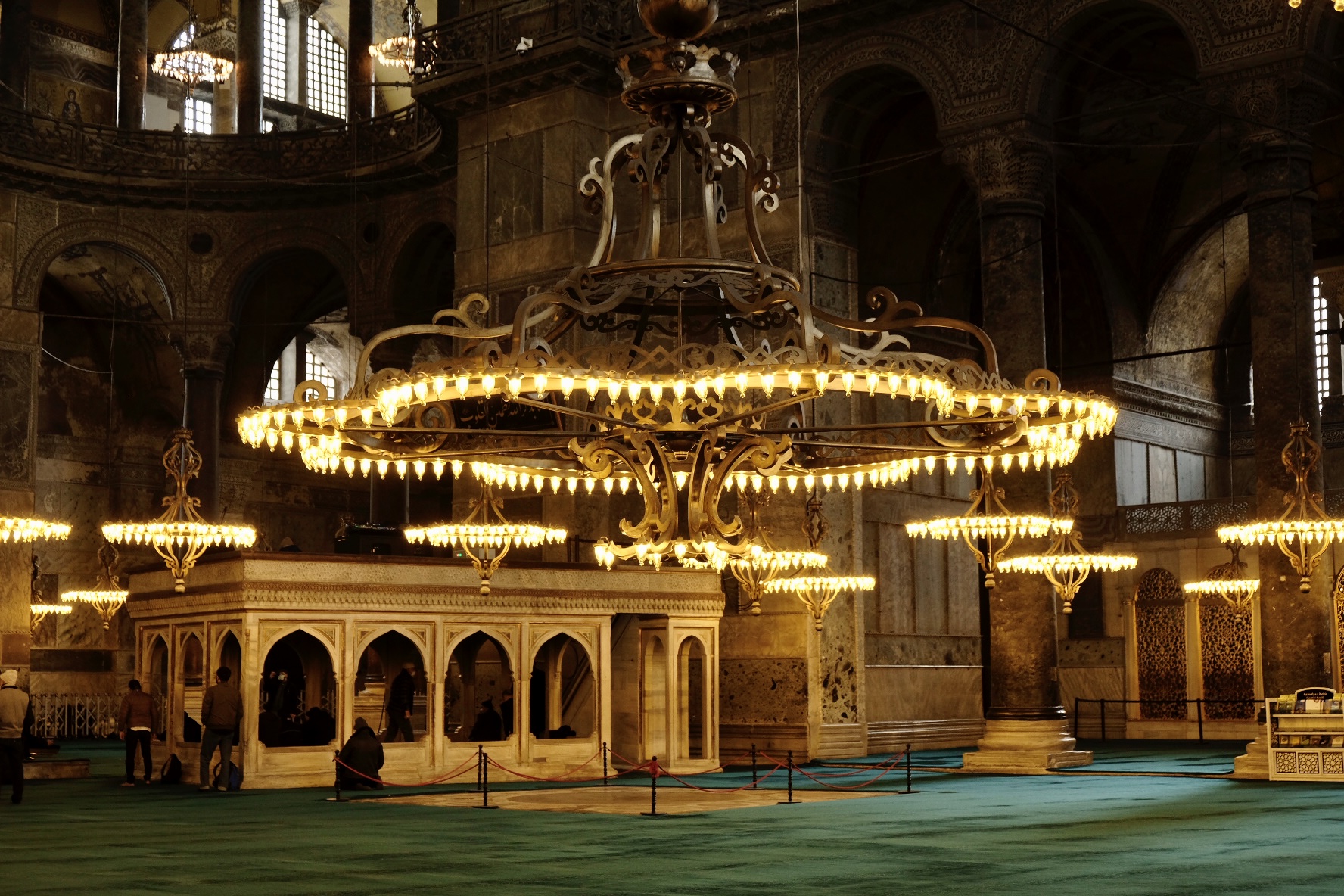
Hagia Sofya

Hagia Sofya
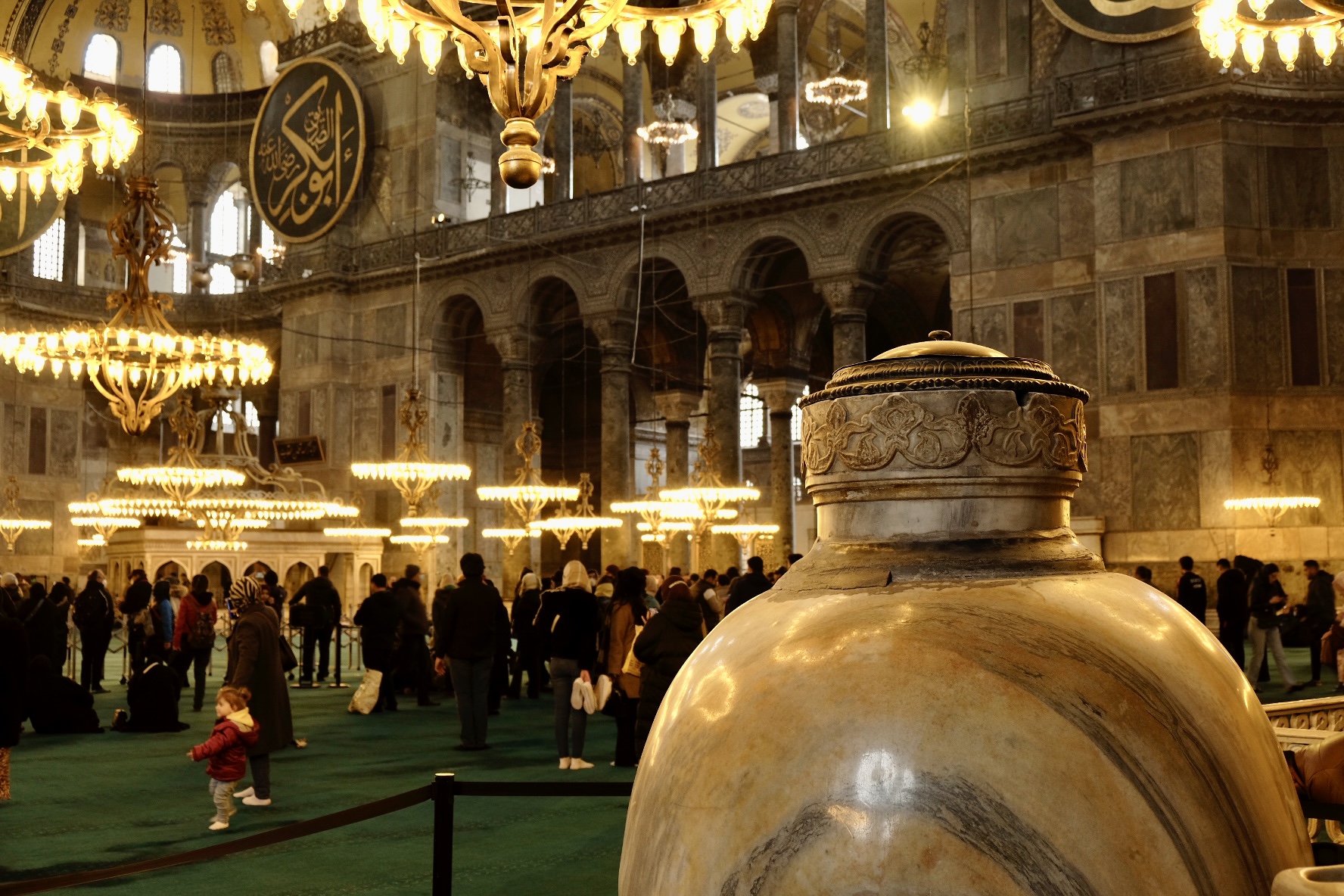
Hagia Sofya

Hagia Sofya
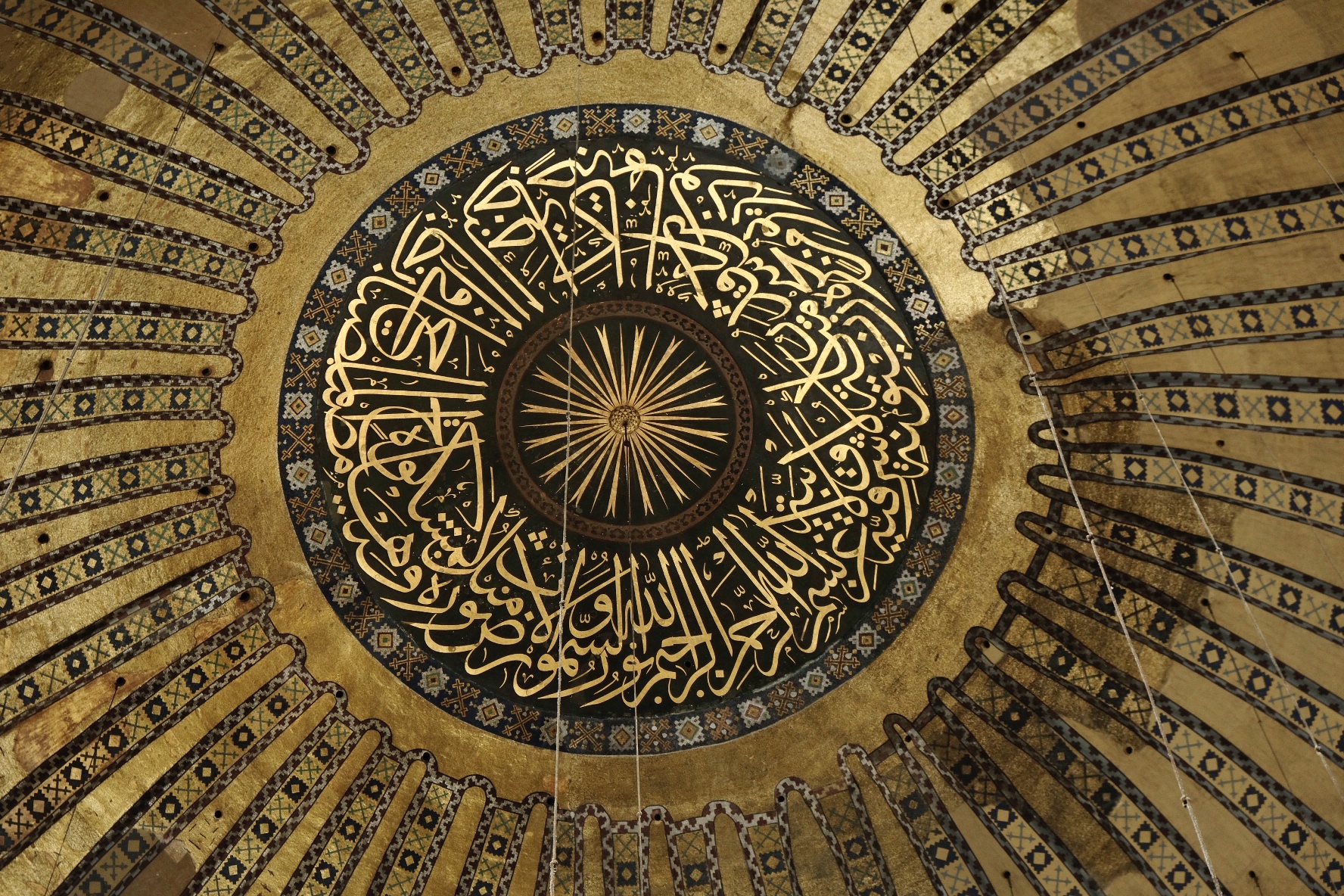
Hagia Sofya
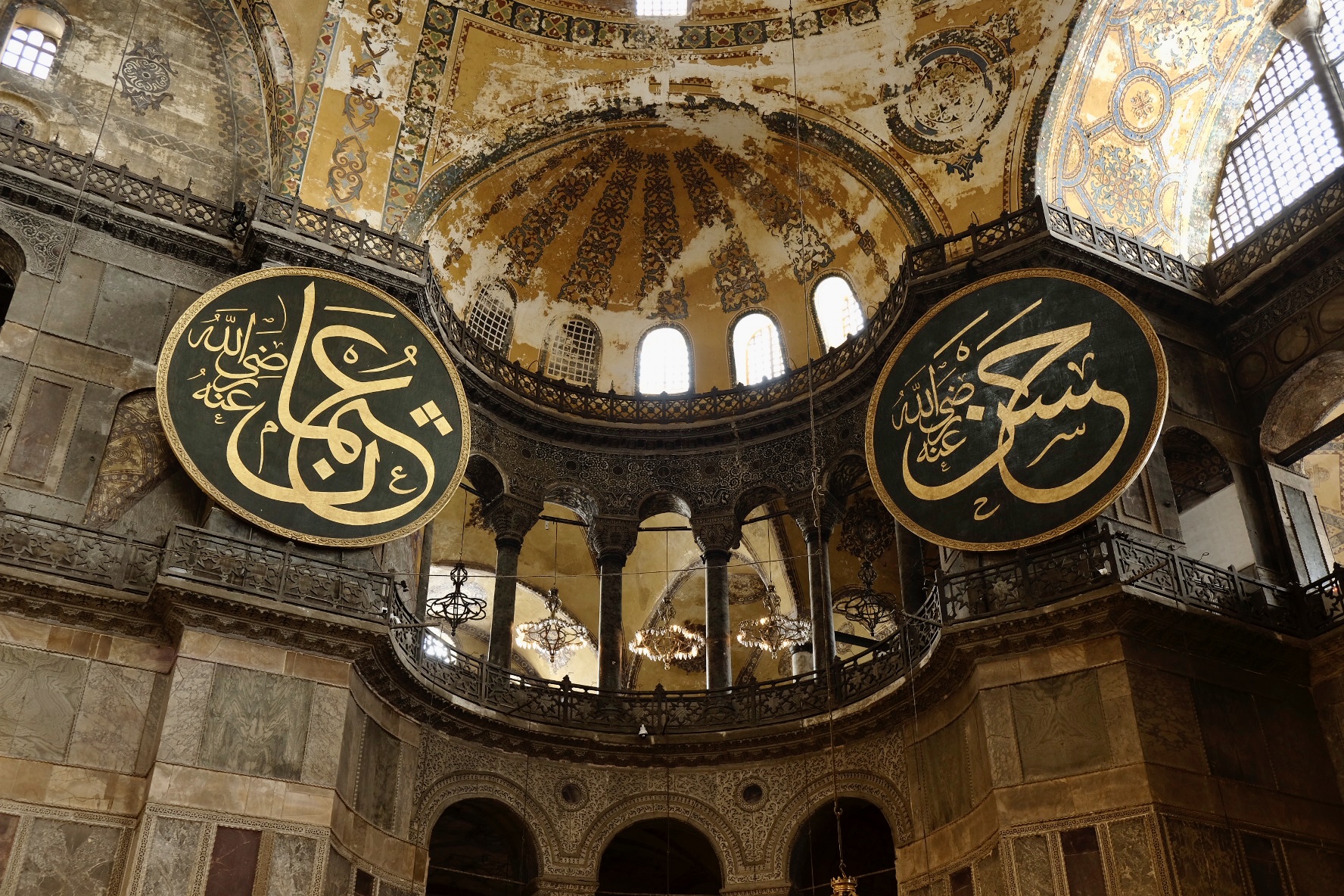
Hagia Sofya
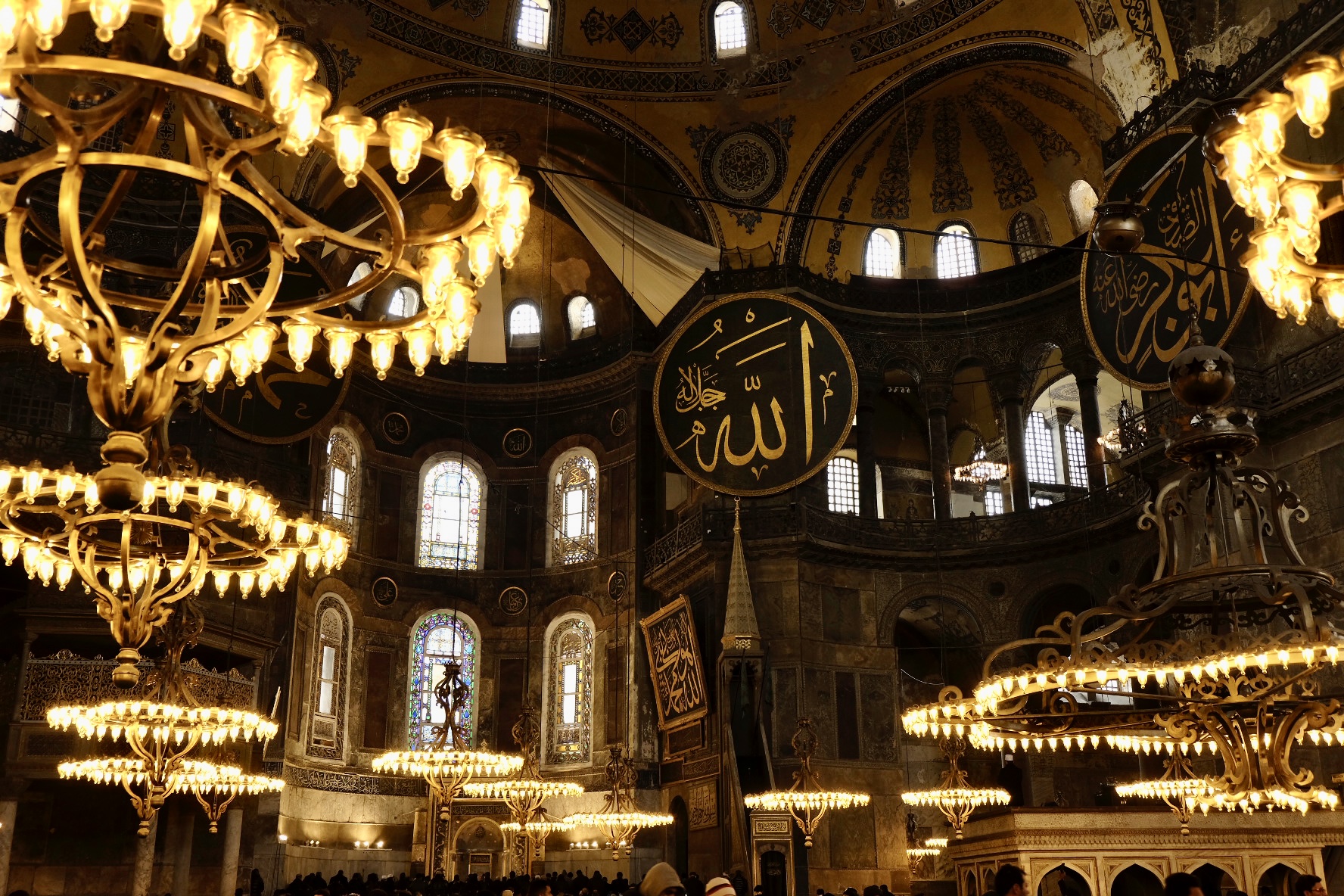
Hagia Sofya
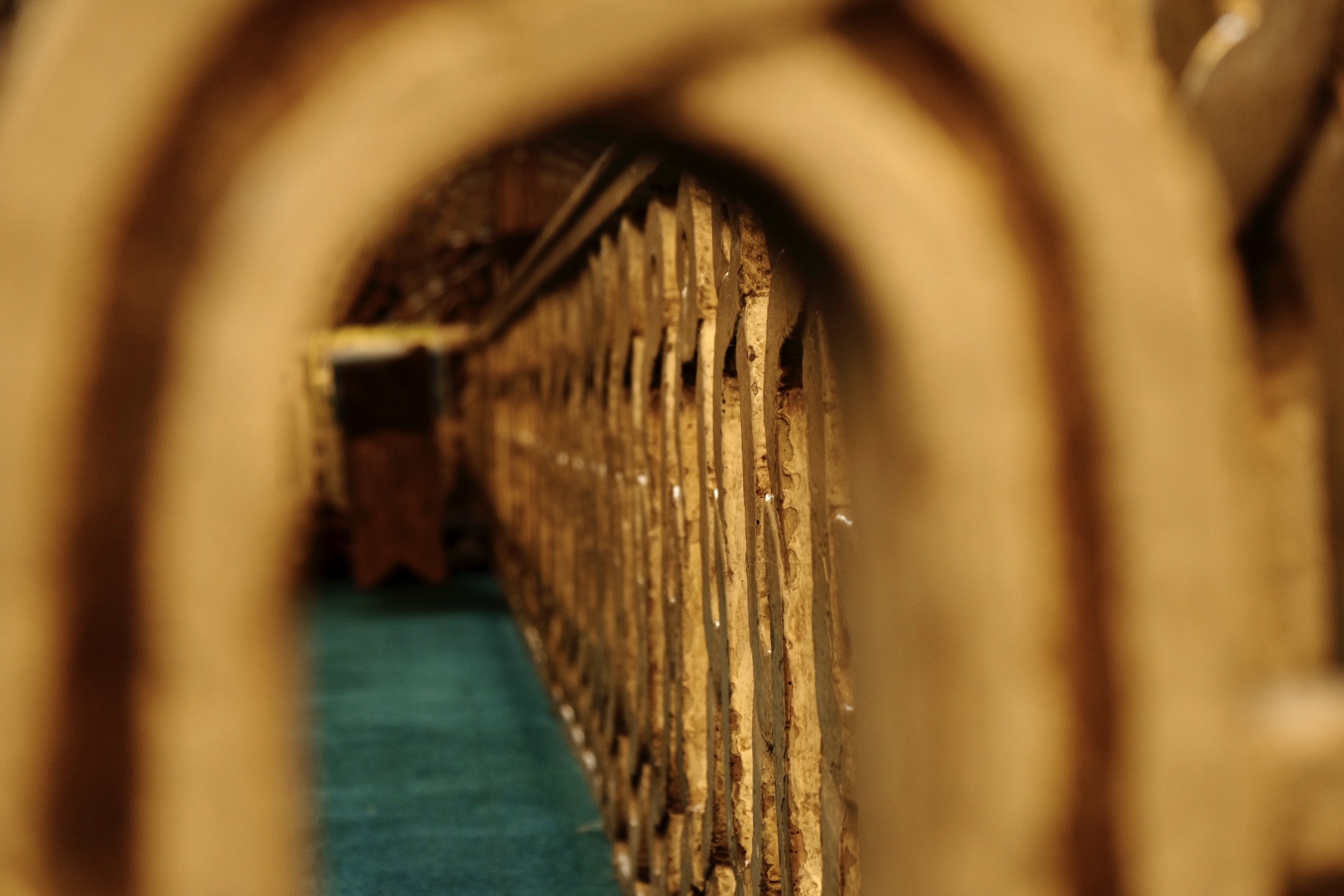
Hagia Sofya
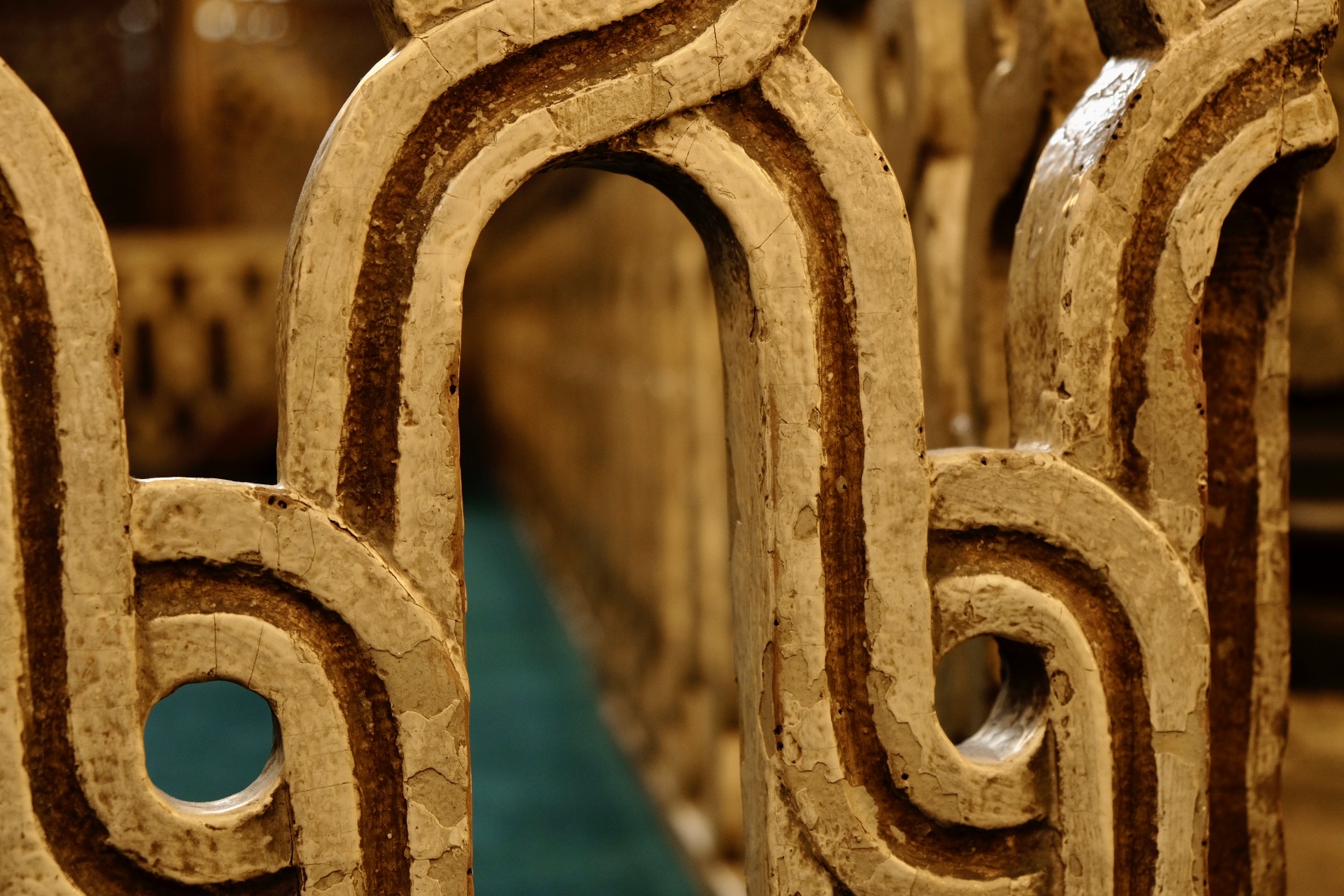
Hagia Sofya

Hagia Sofya
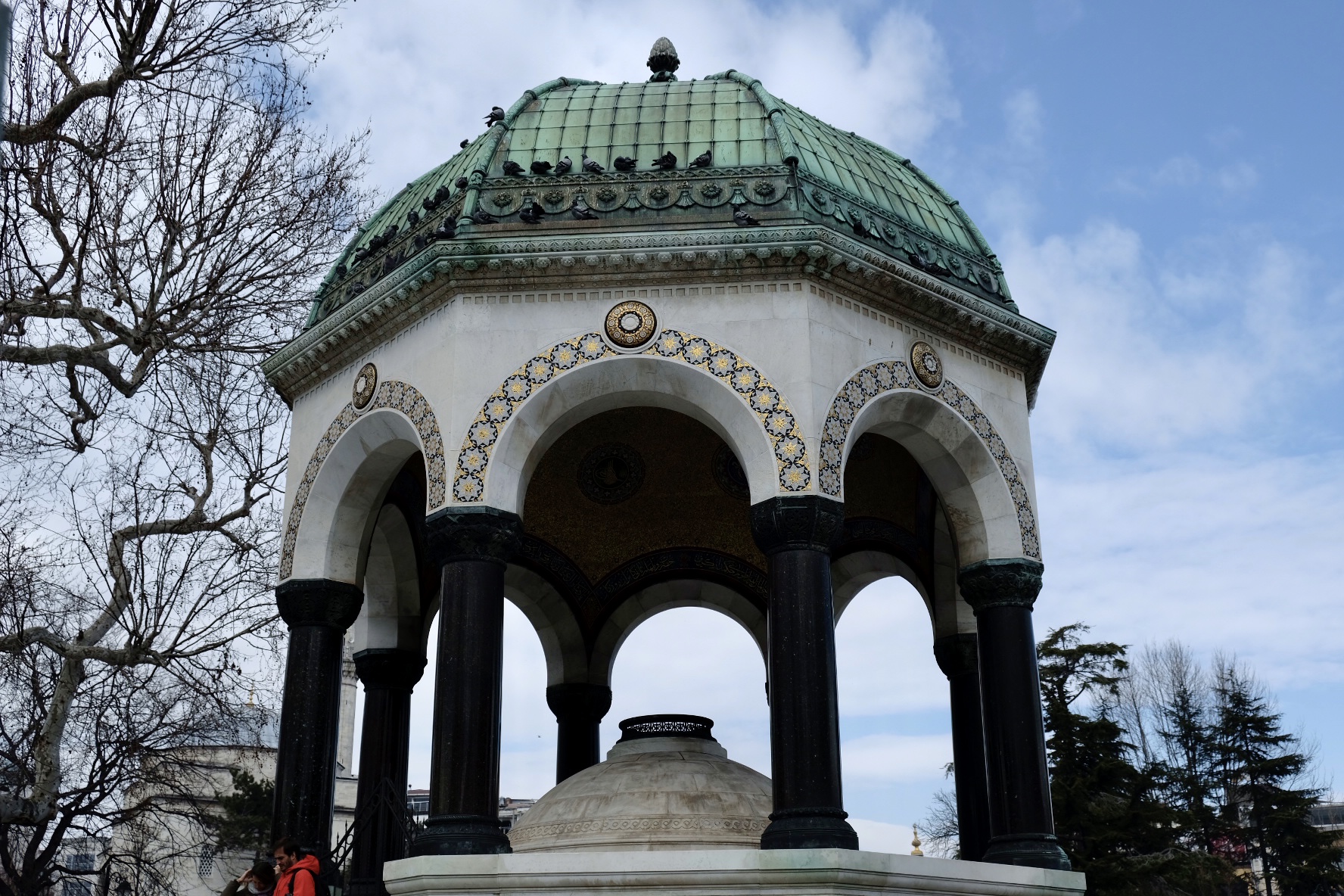
German Fountain

Waiting to enter Blue Mosque
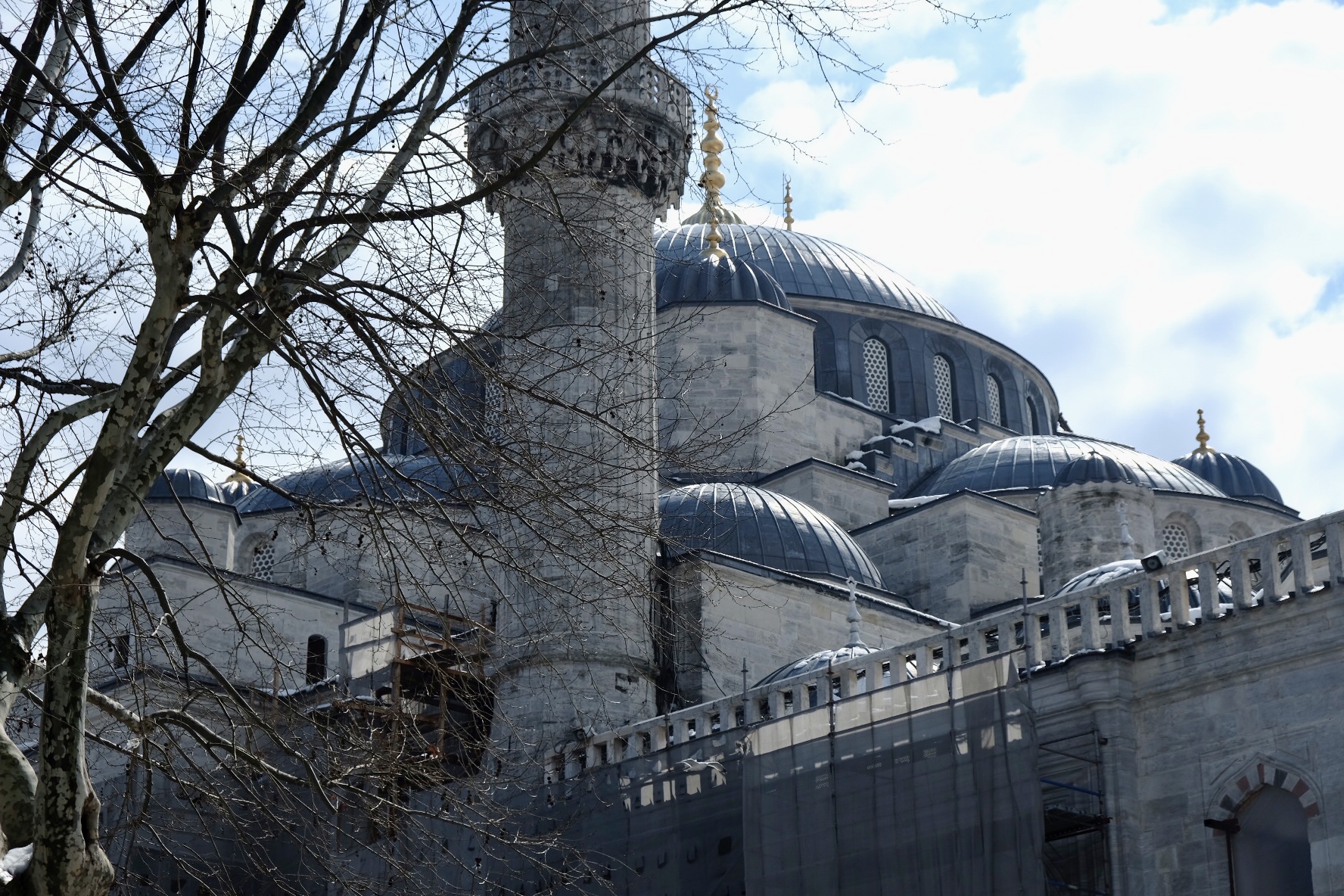
Blue Mosque
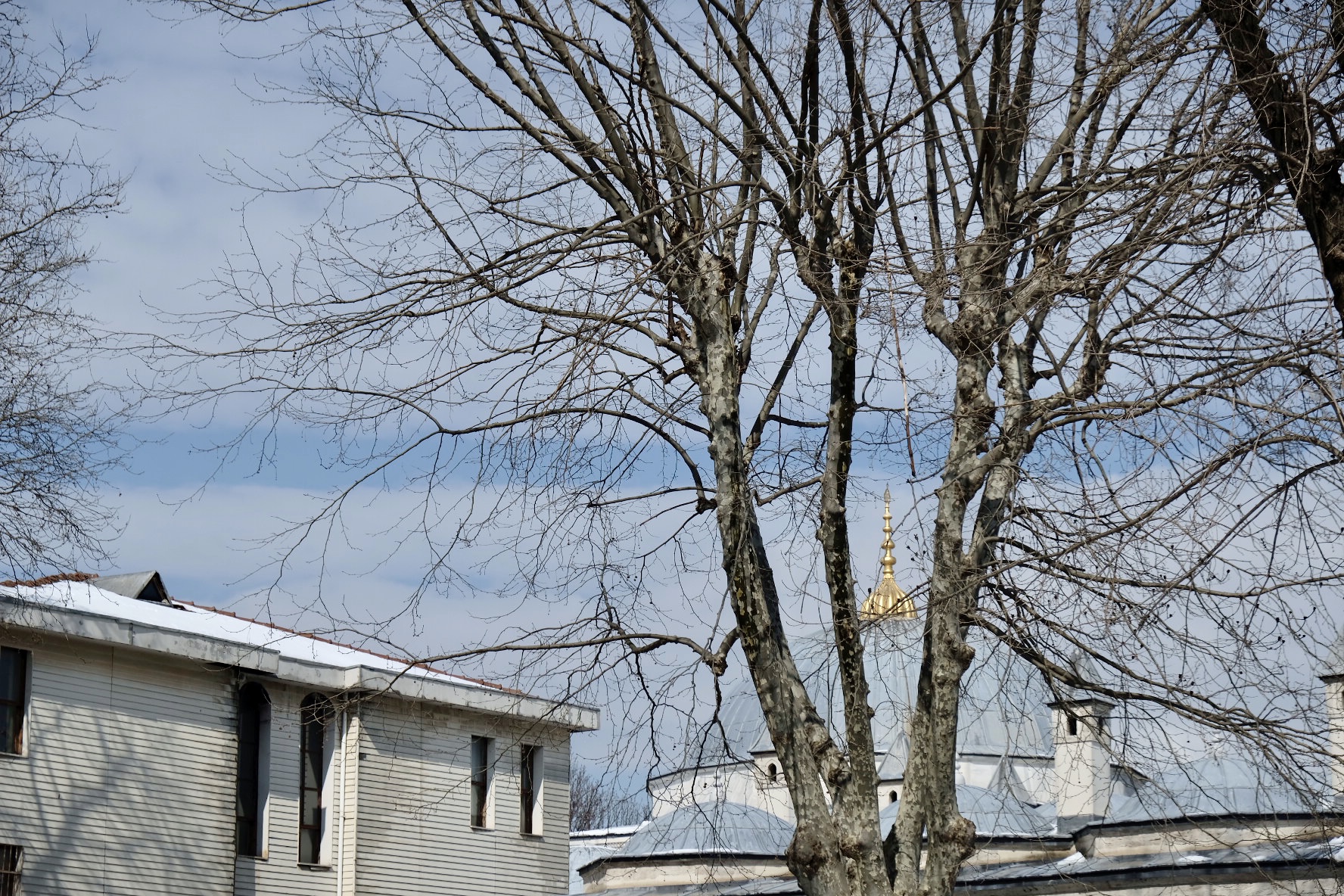
View from line to get into the Blue Mosque

Blue Mosque
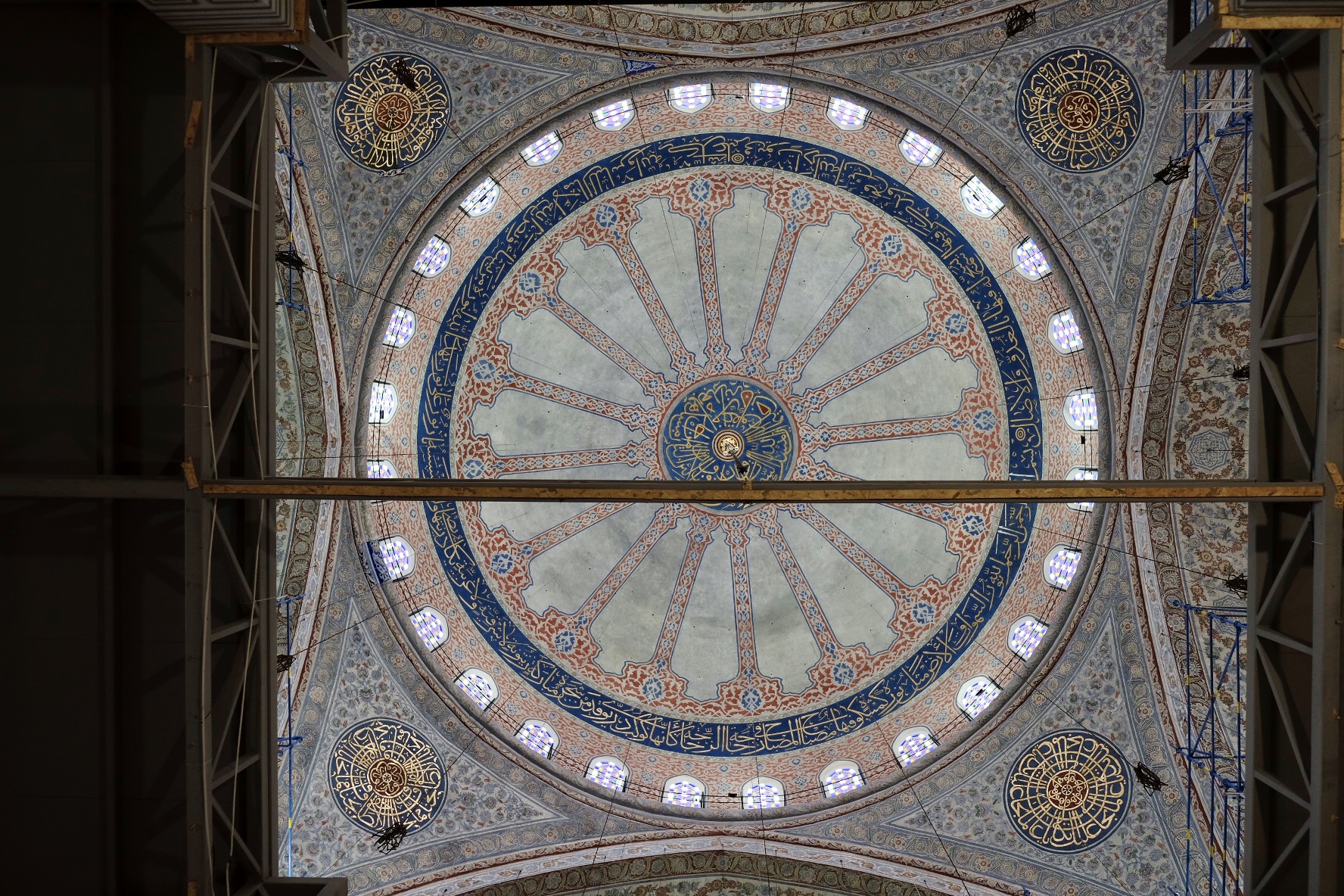
Blue Mosque
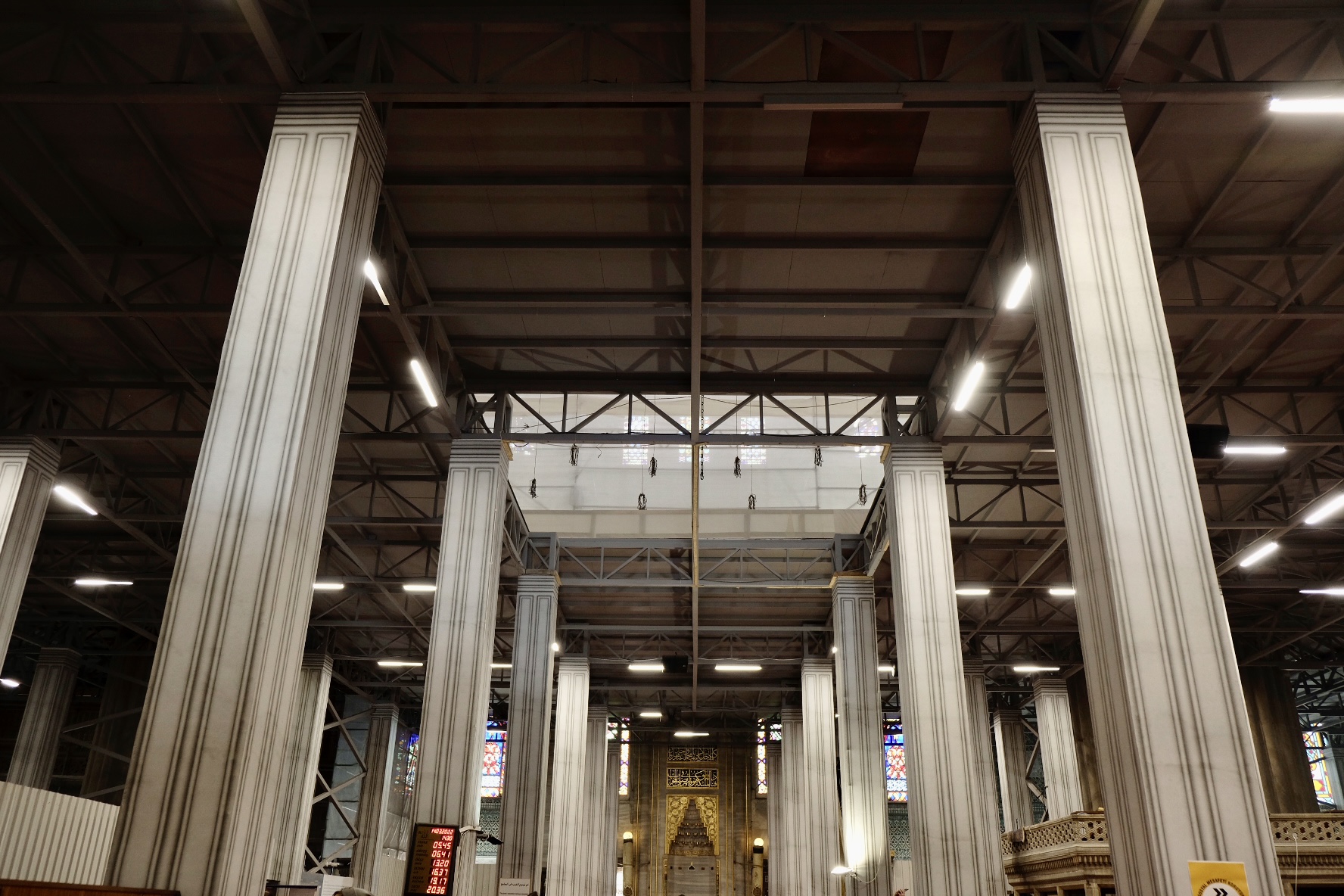
Blue Mosque

Nuruosmaniye Mosque
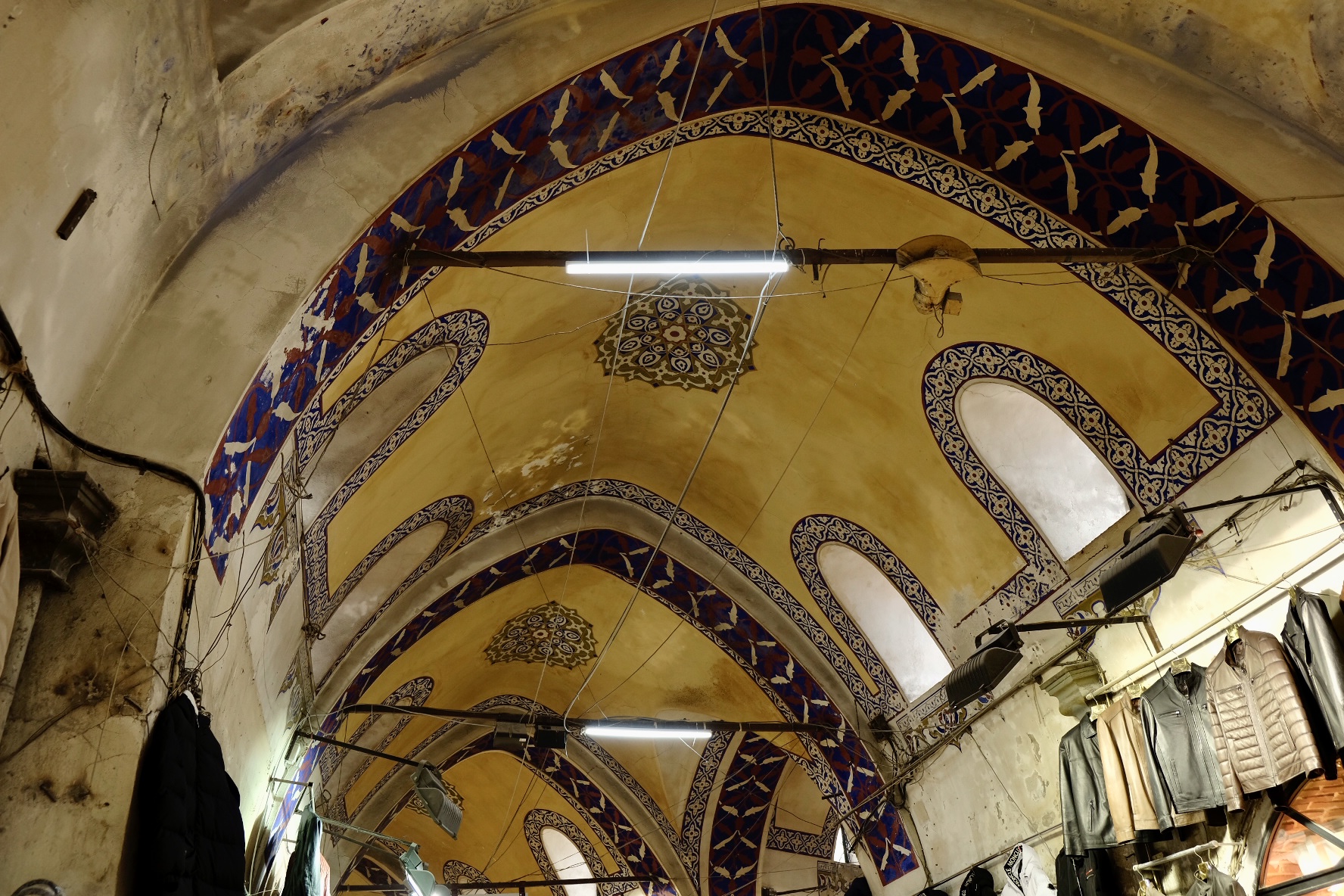
Blue Mosque
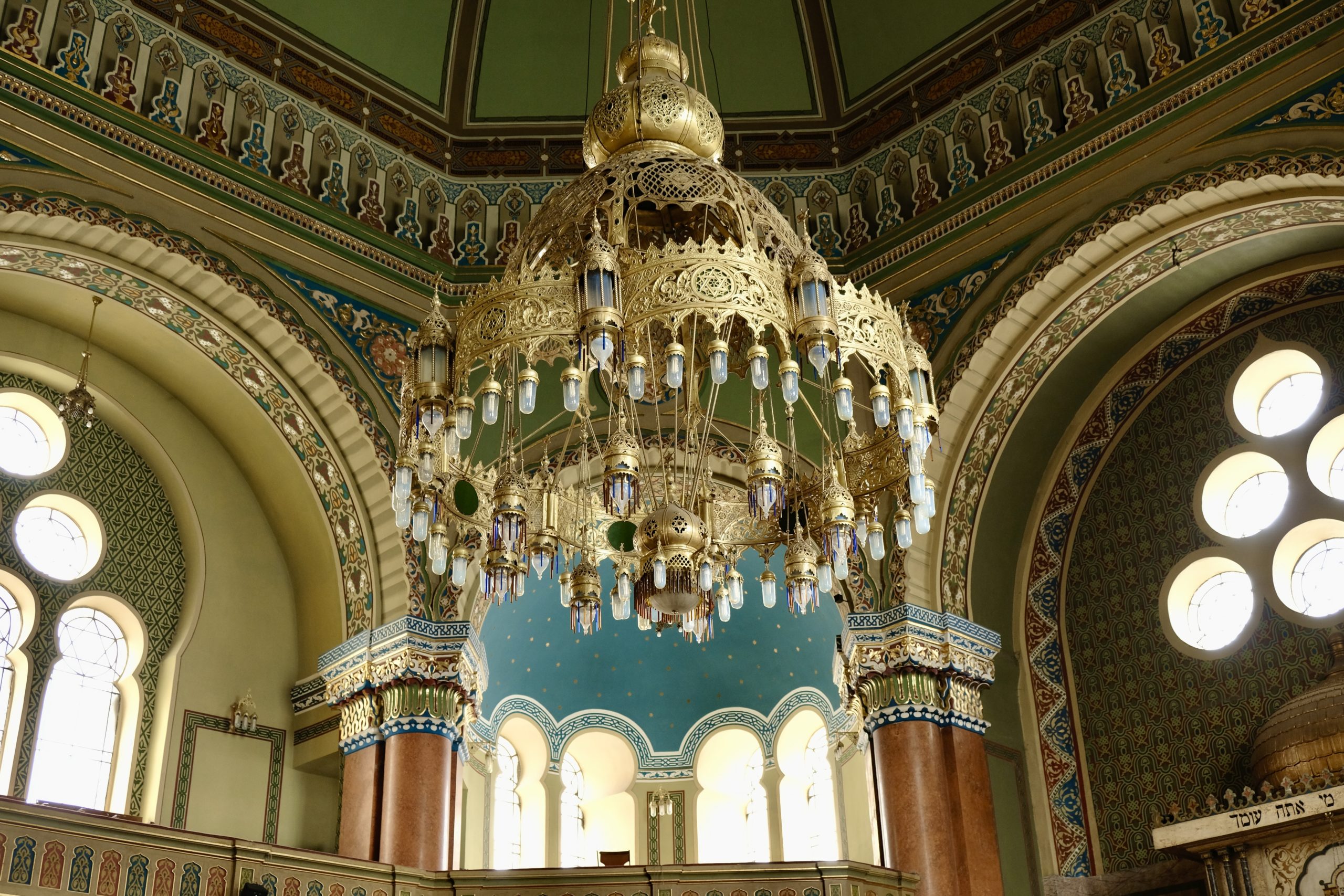
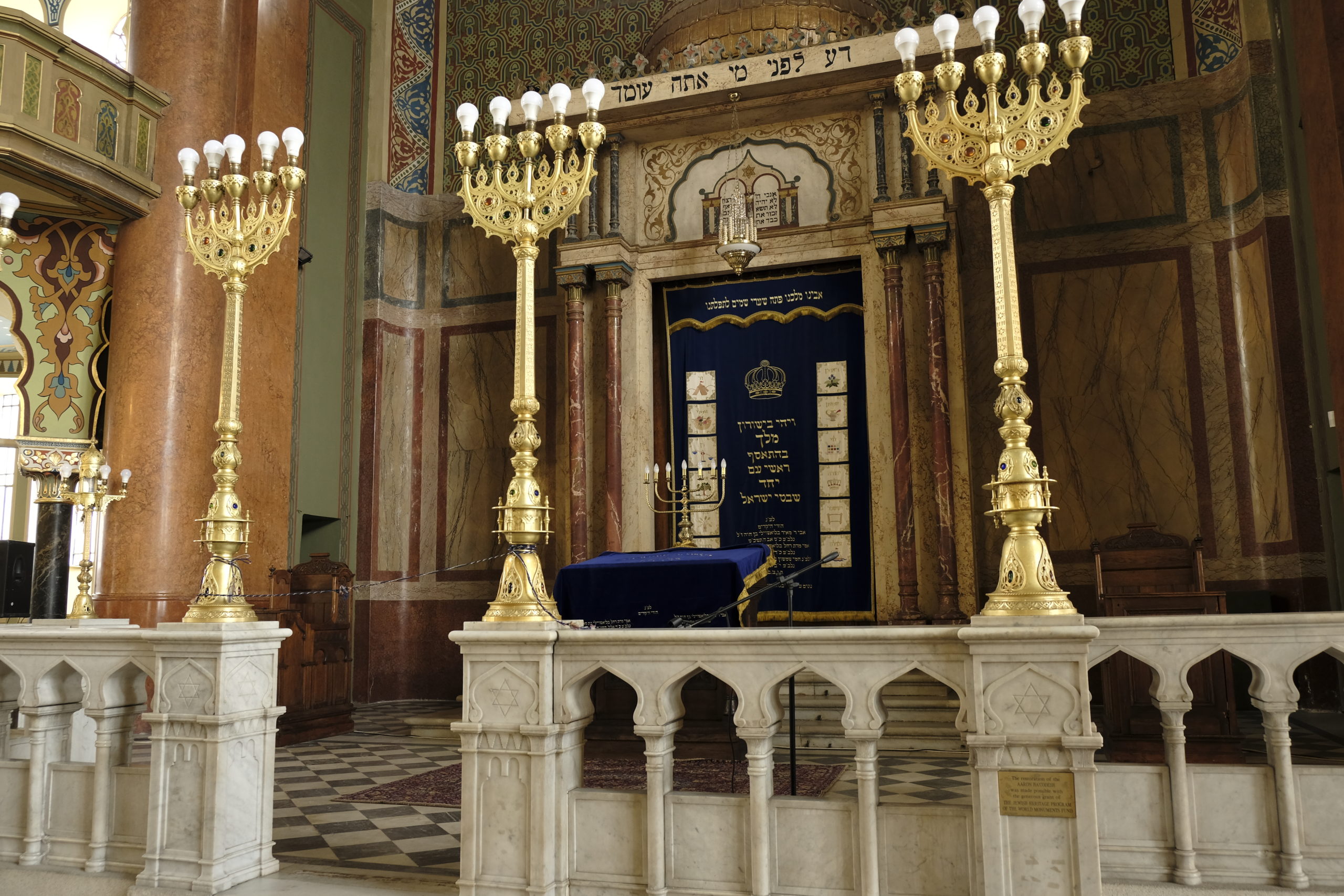
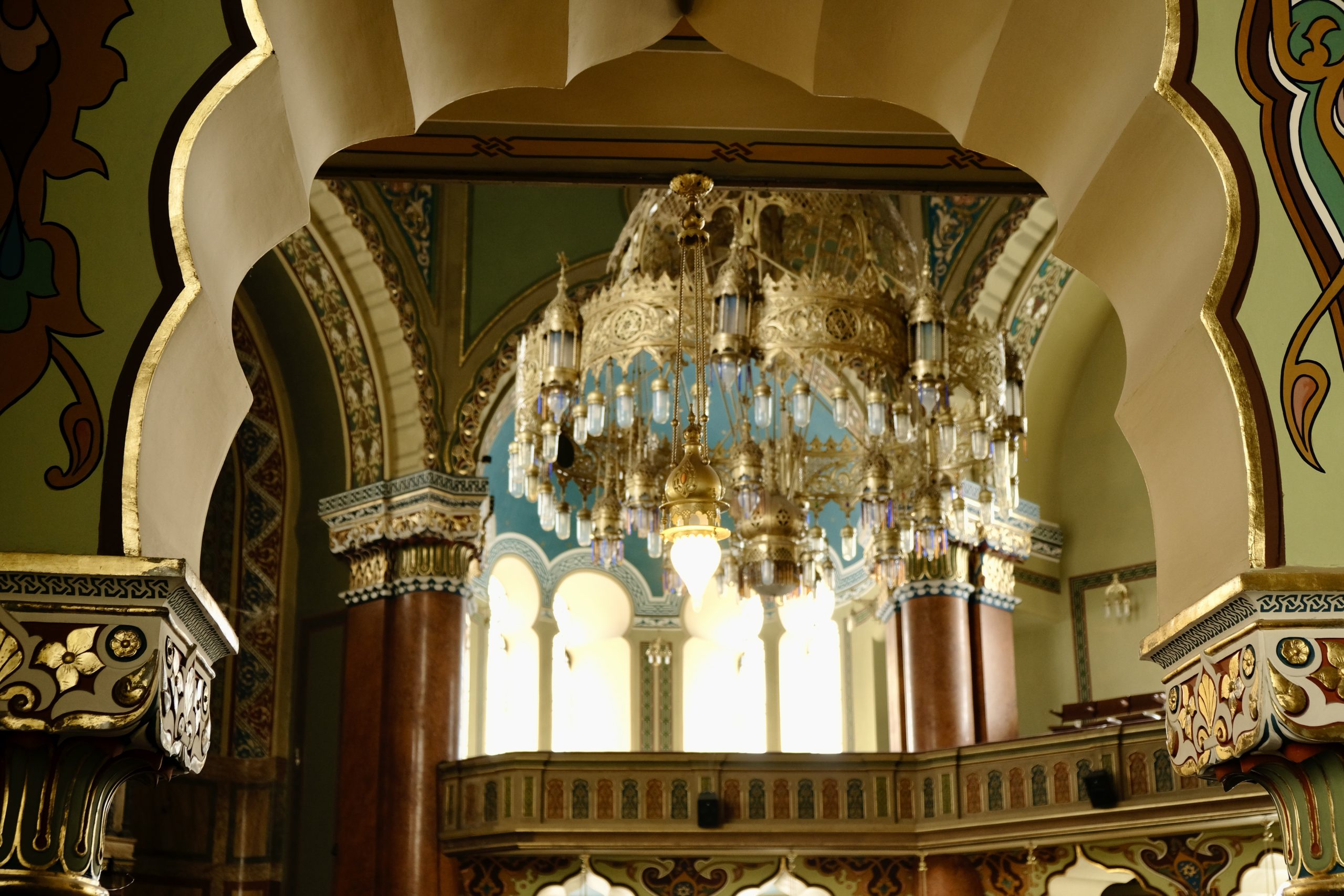
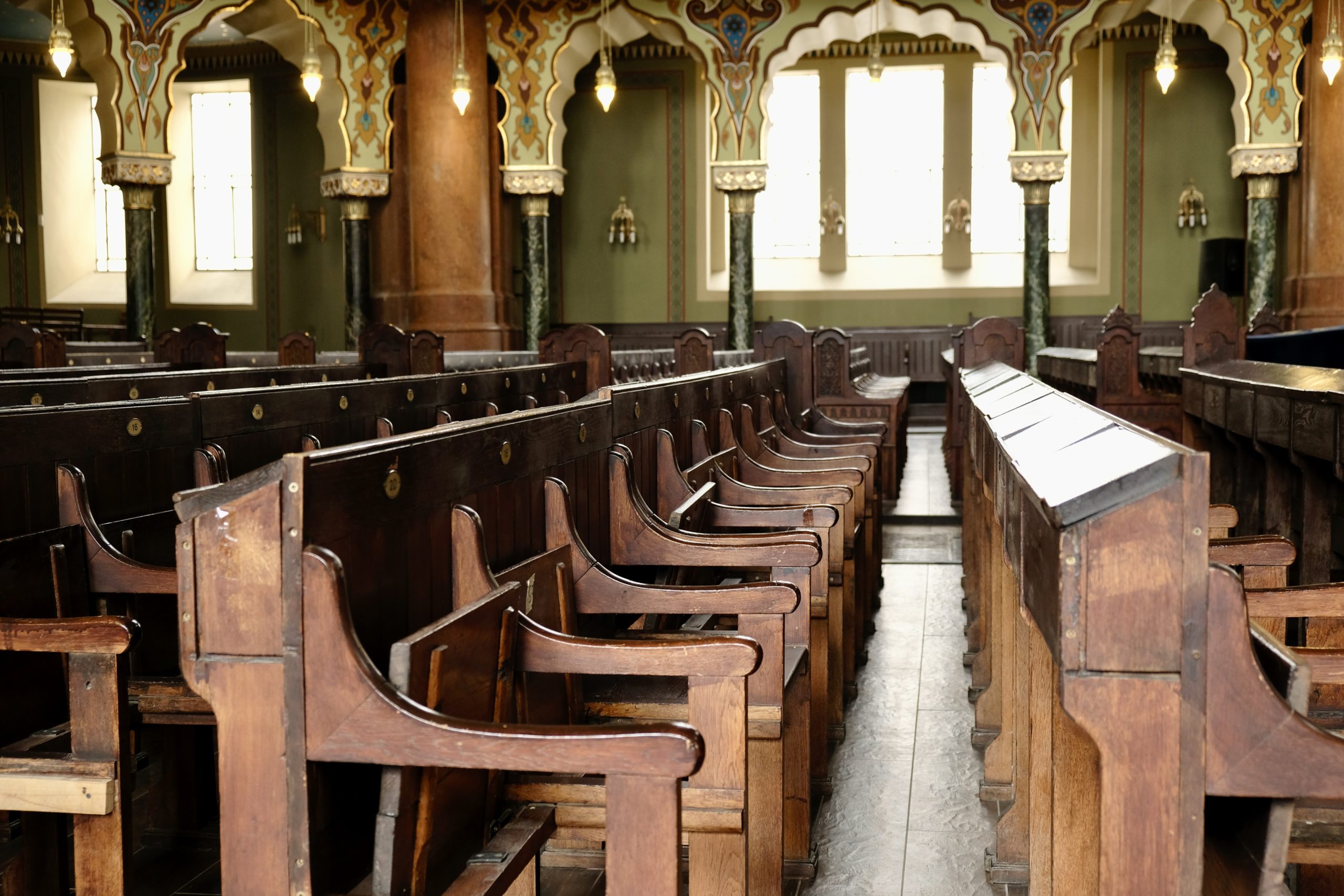

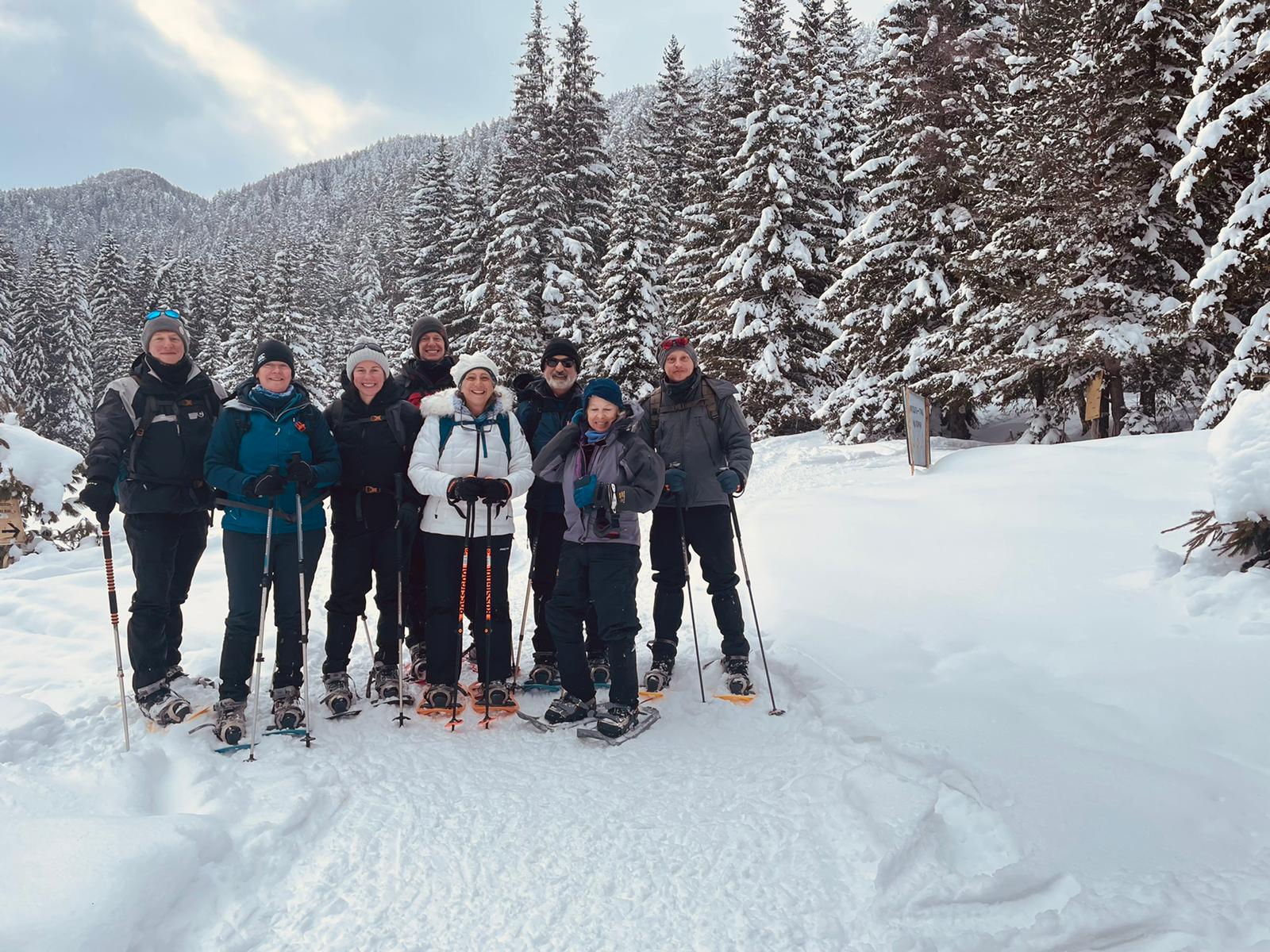

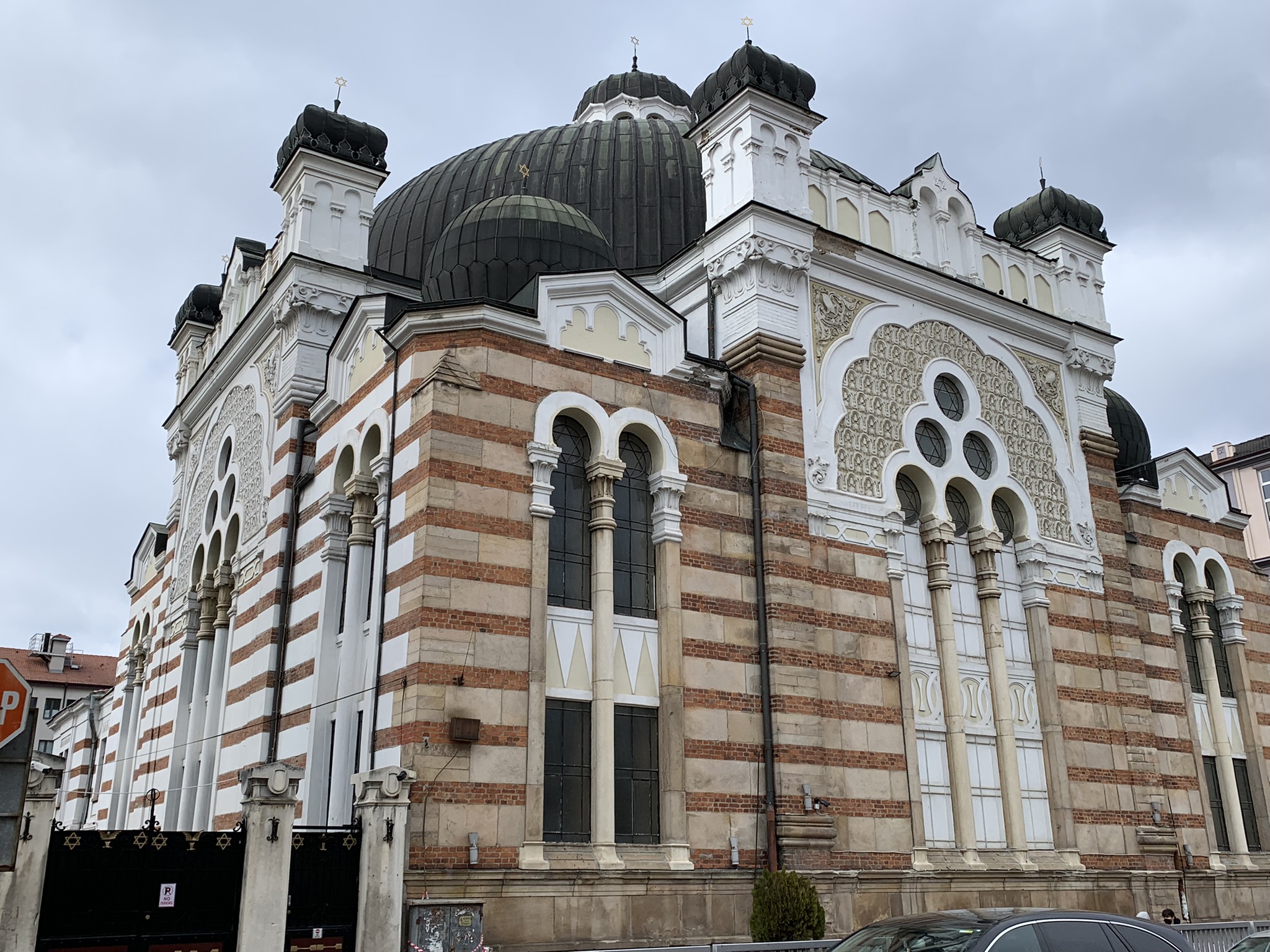

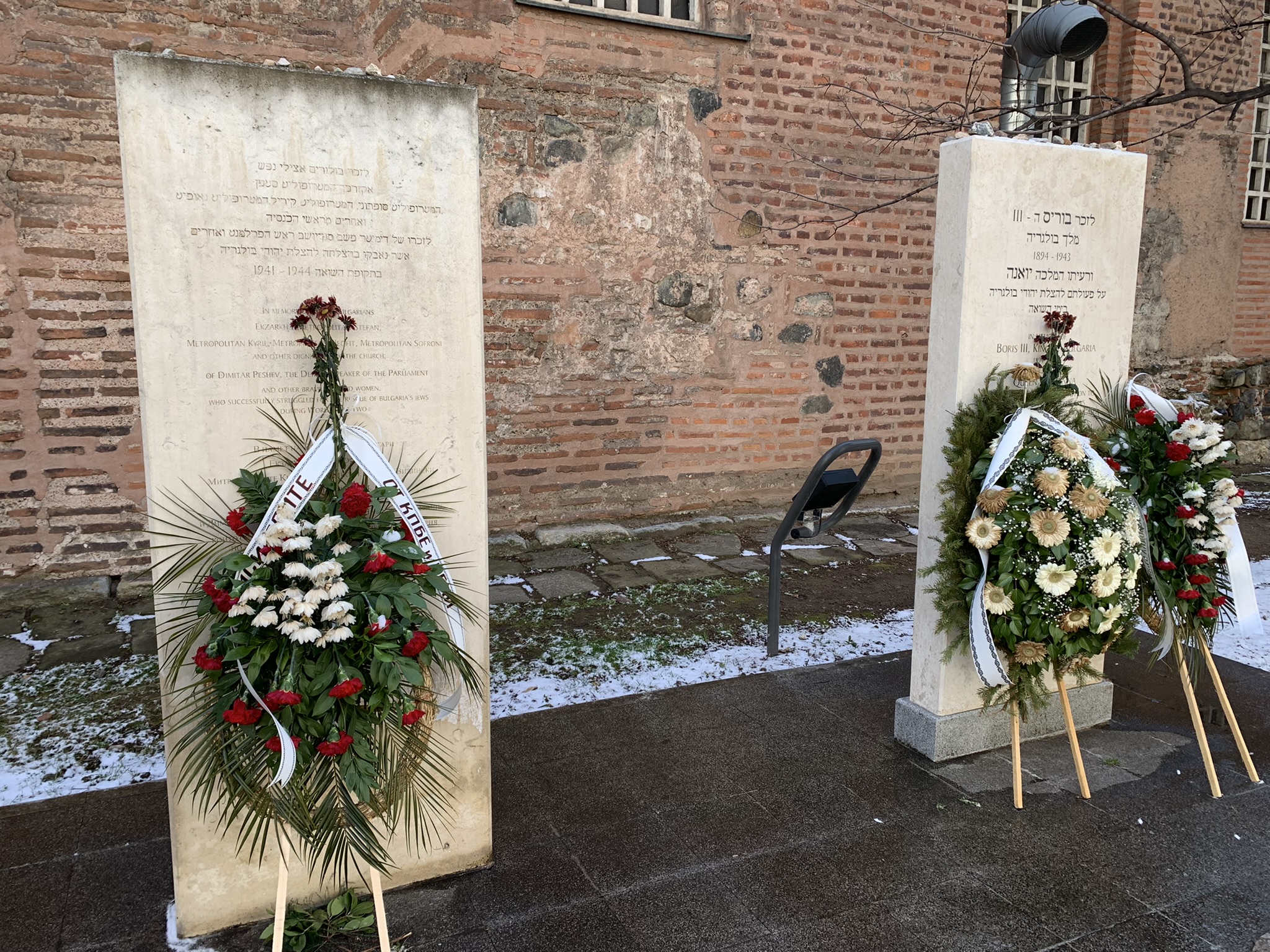
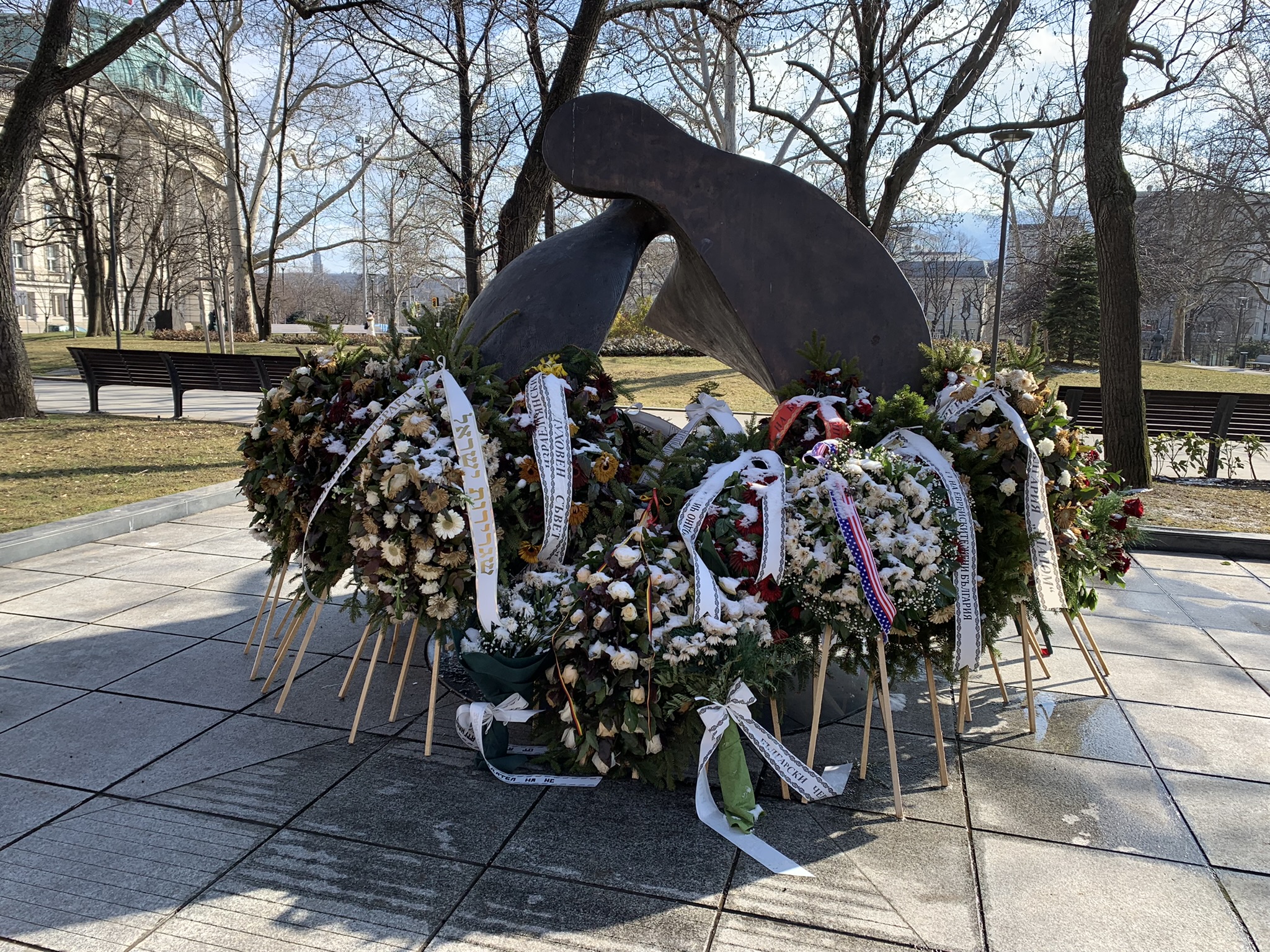
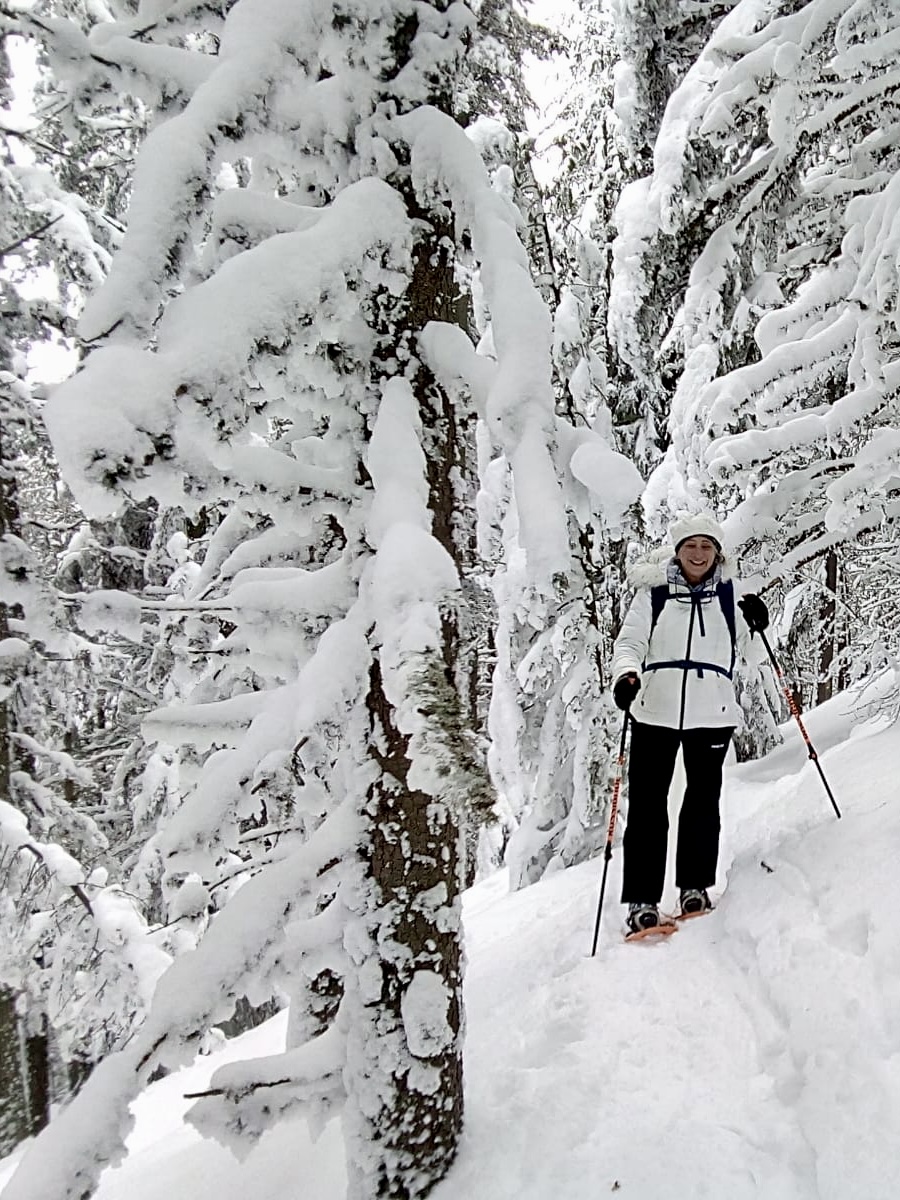
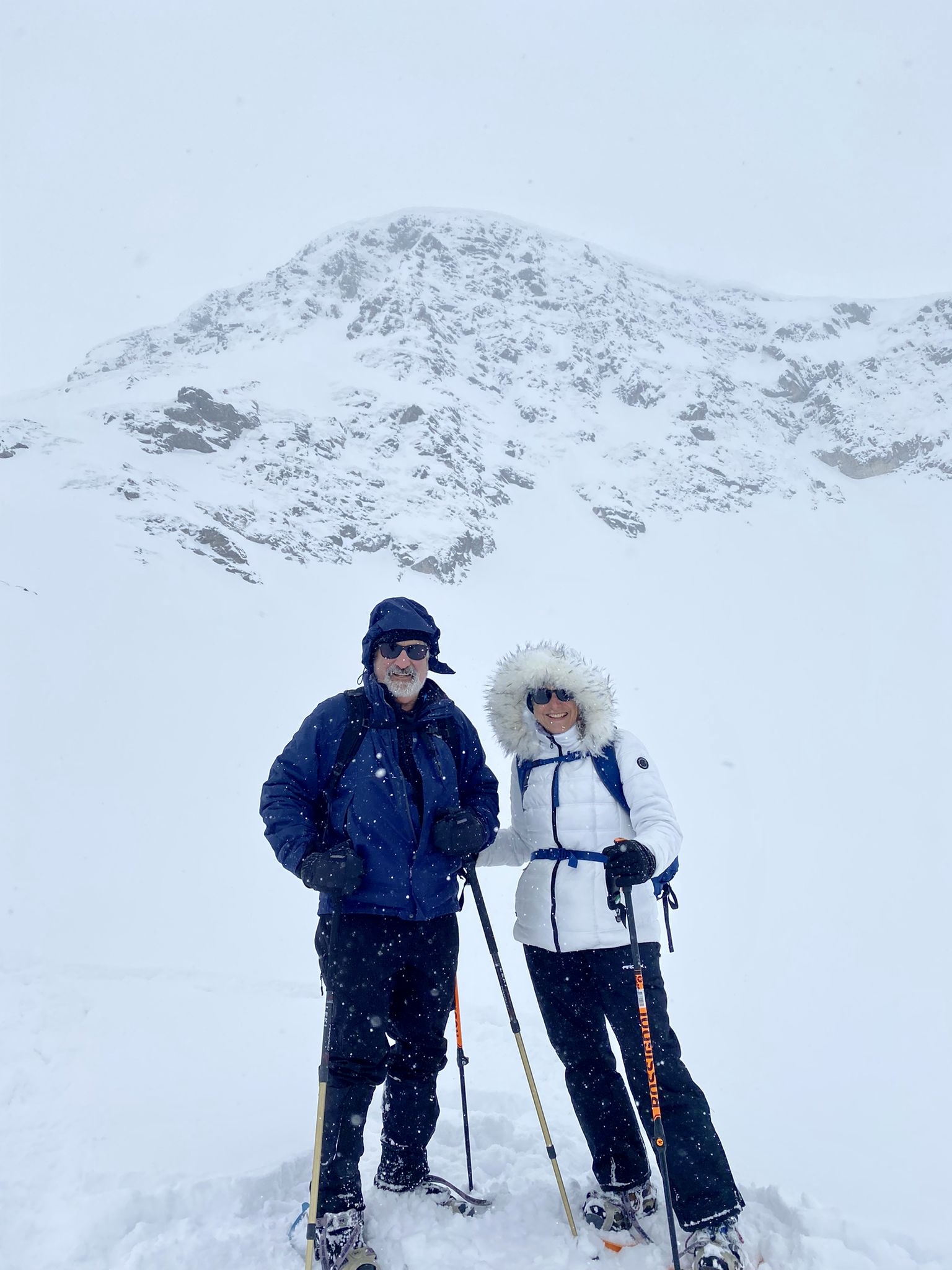


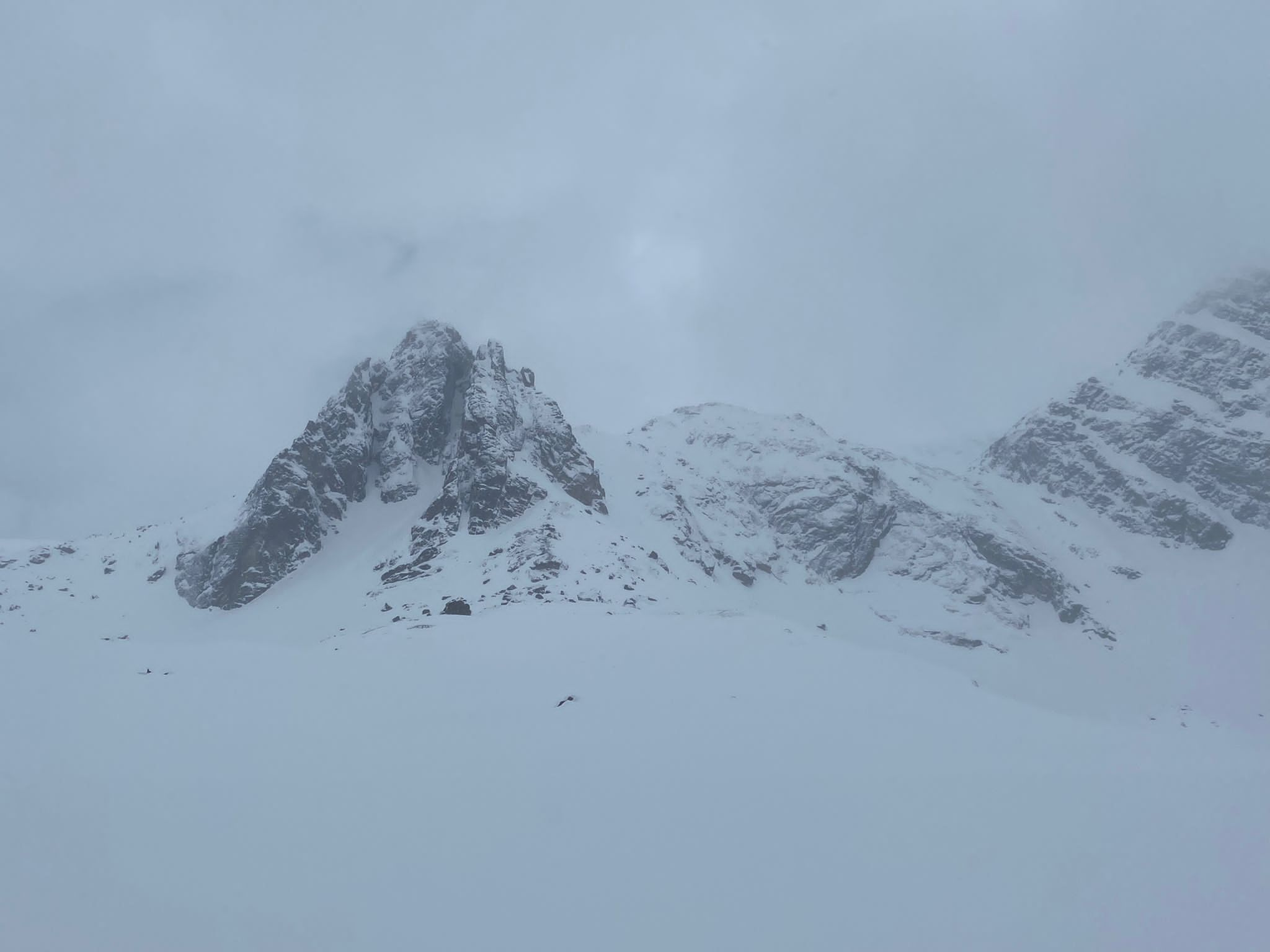

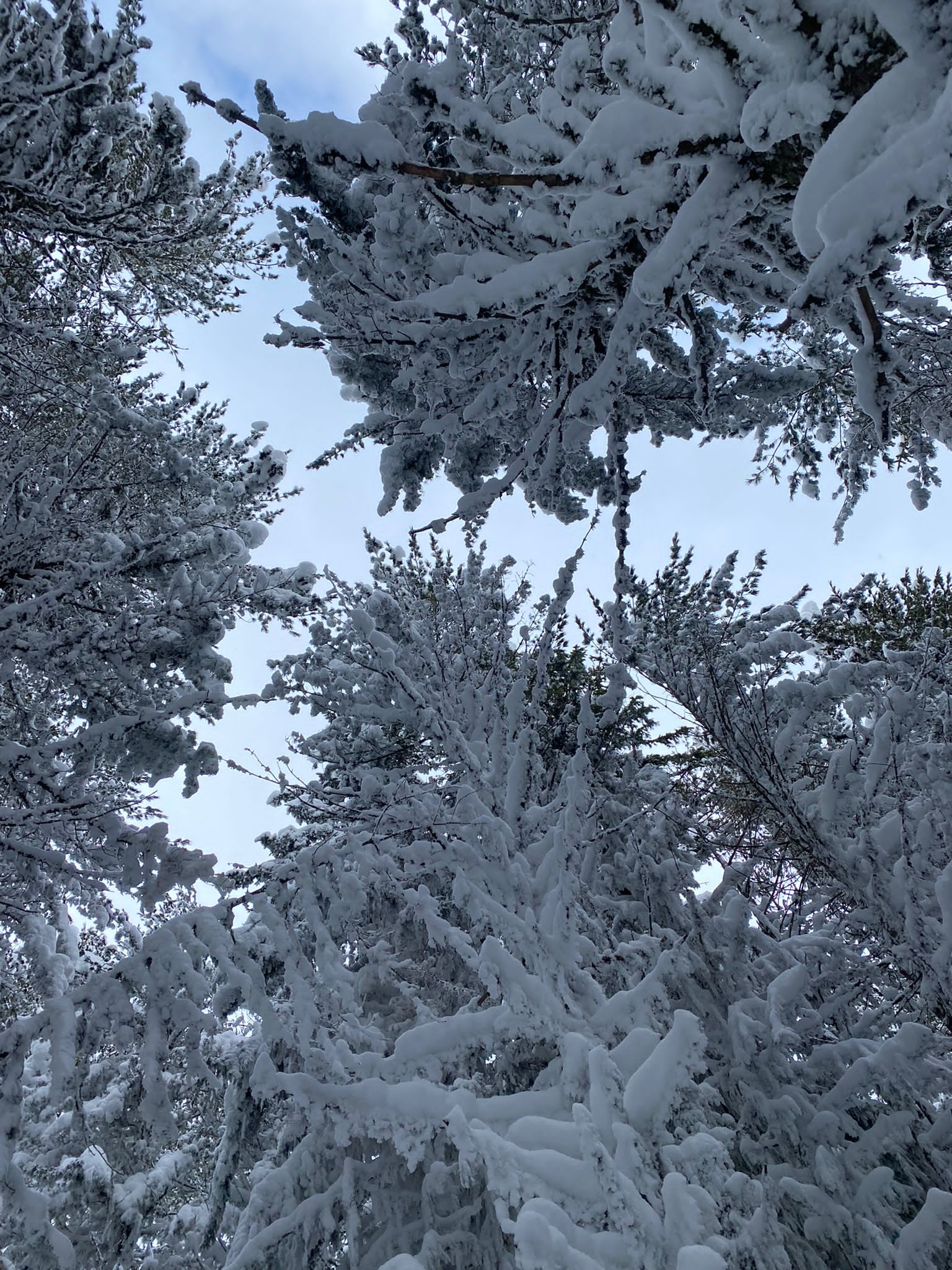
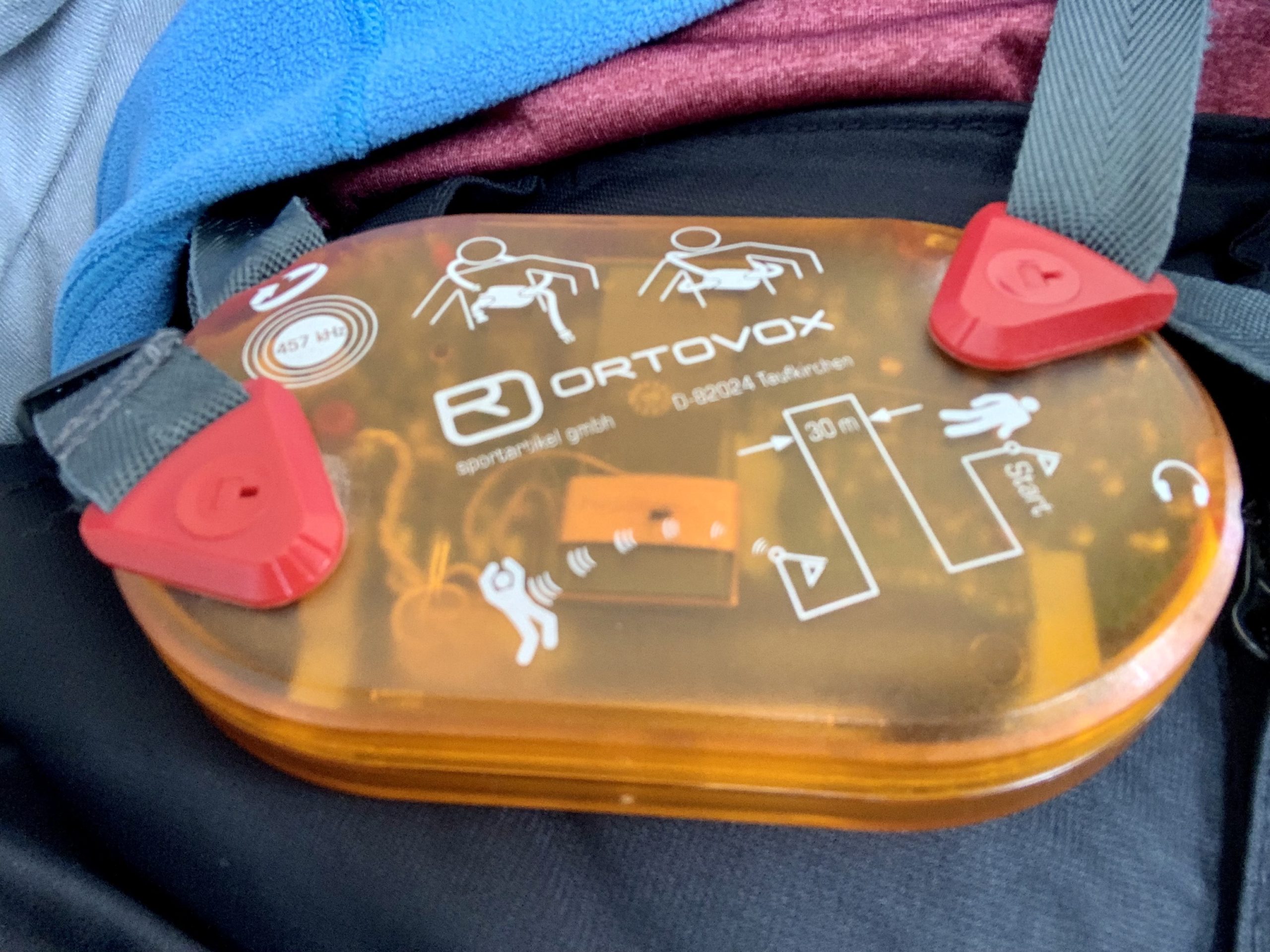
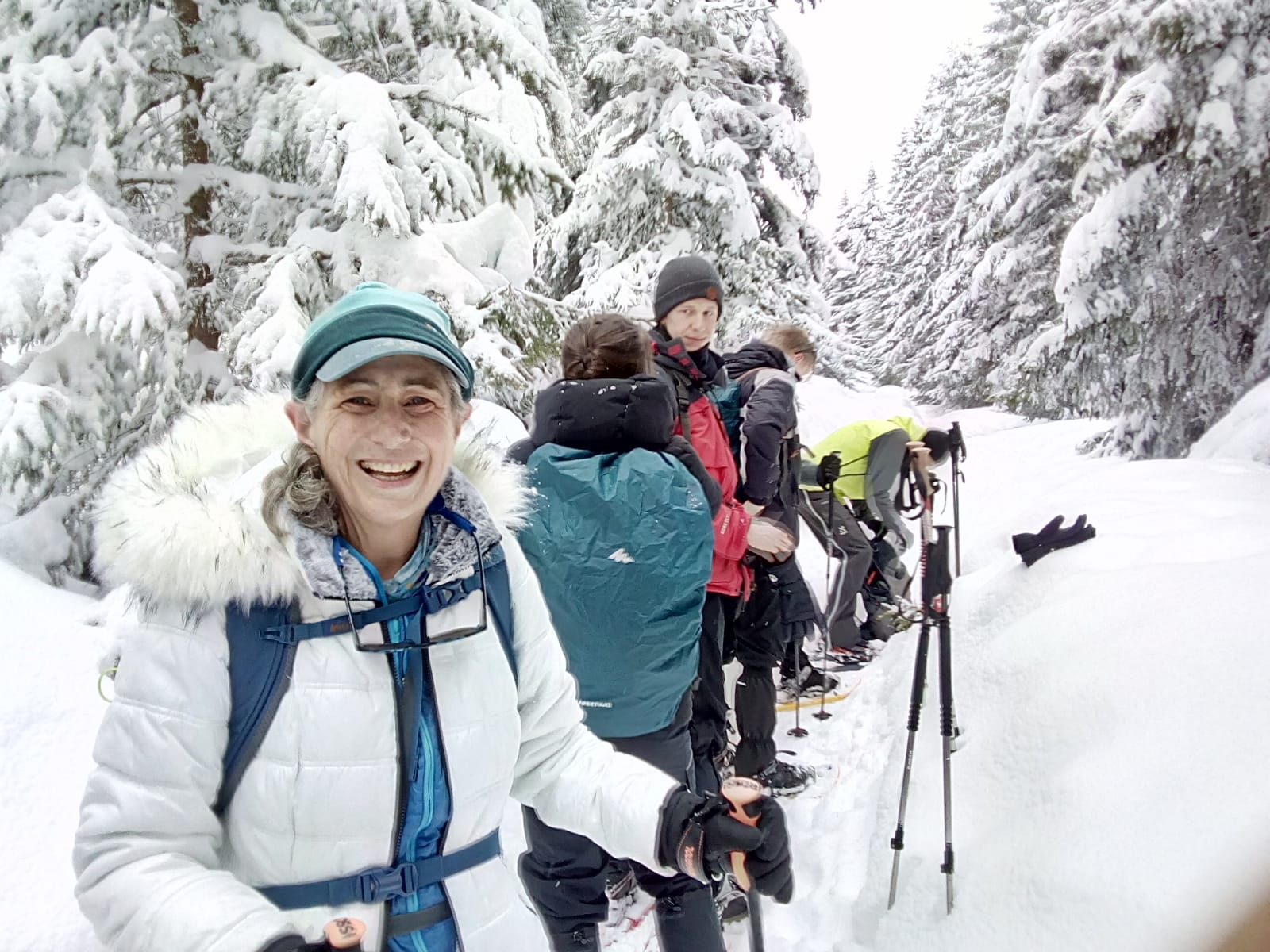
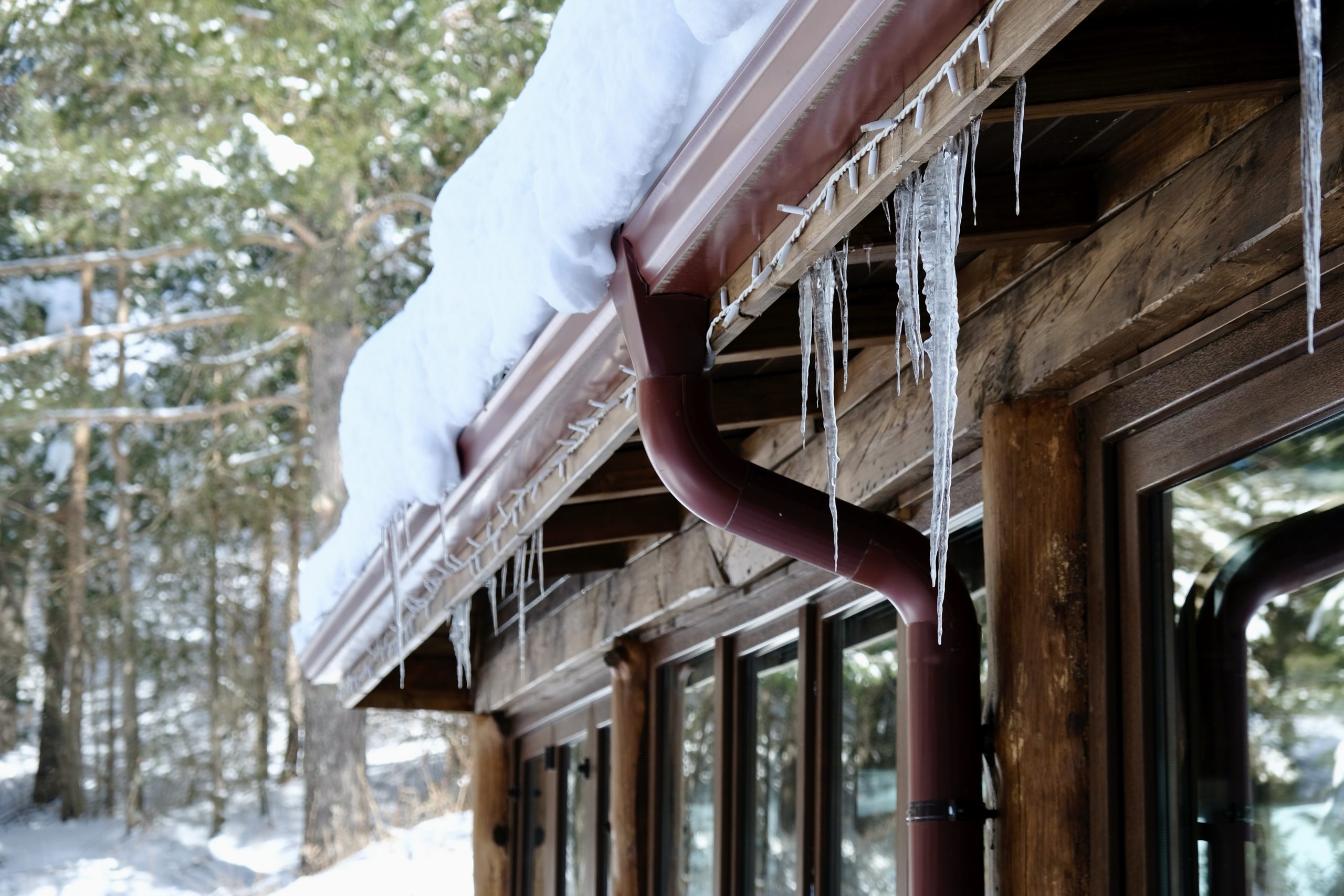

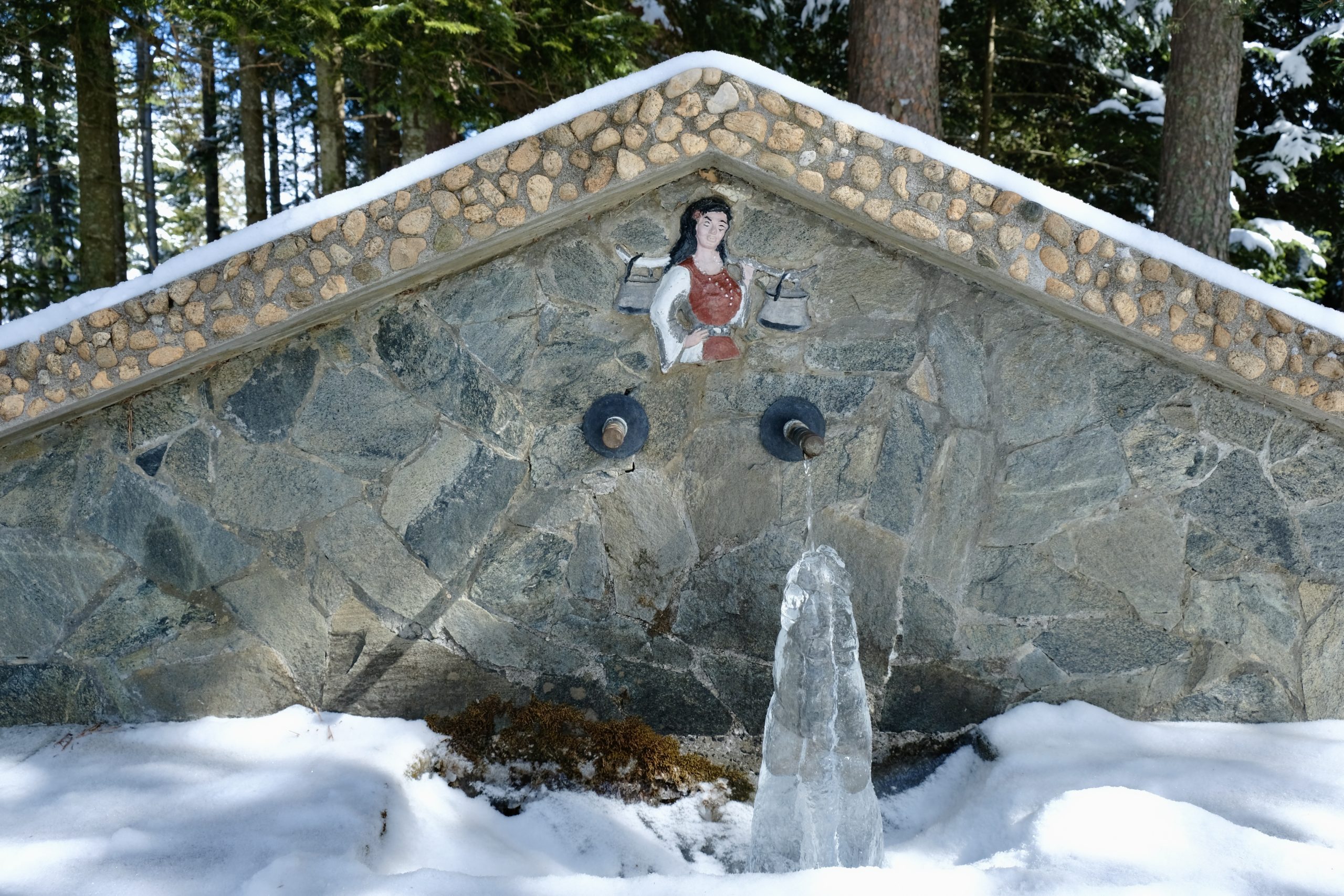

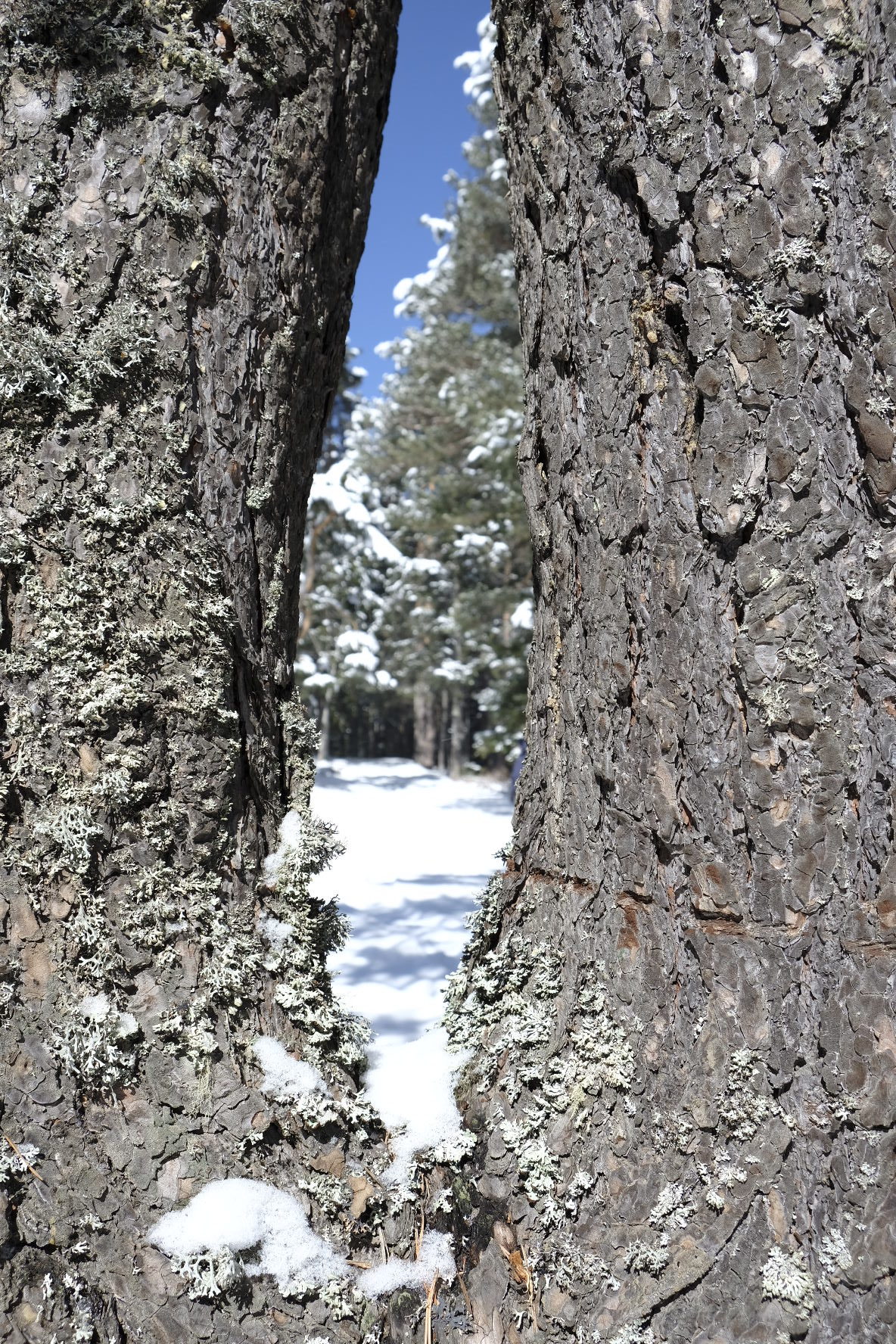

 While sitting in an alpine hut after nice morning snowshoeing rather than continuing another two hours up the mountain, I want to share some of my insights and reflections on the Russian invasion into Ukraine. First and most important to me is war is HORRIBLE. The images out of Ukraine are abhorrent.
While sitting in an alpine hut after nice morning snowshoeing rather than continuing another two hours up the mountain, I want to share some of my insights and reflections on the Russian invasion into Ukraine. First and most important to me is war is HORRIBLE. The images out of Ukraine are abhorrent. 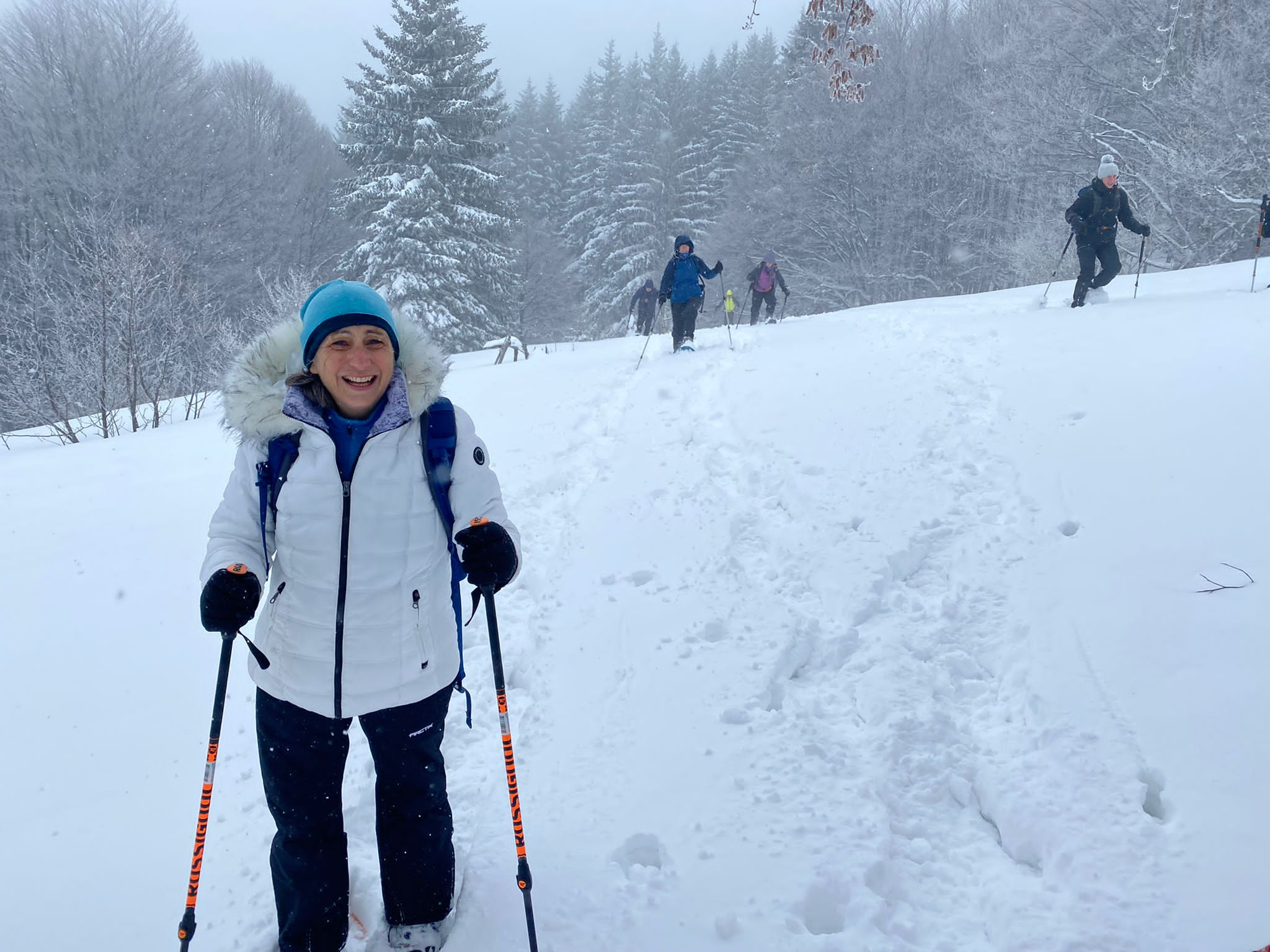
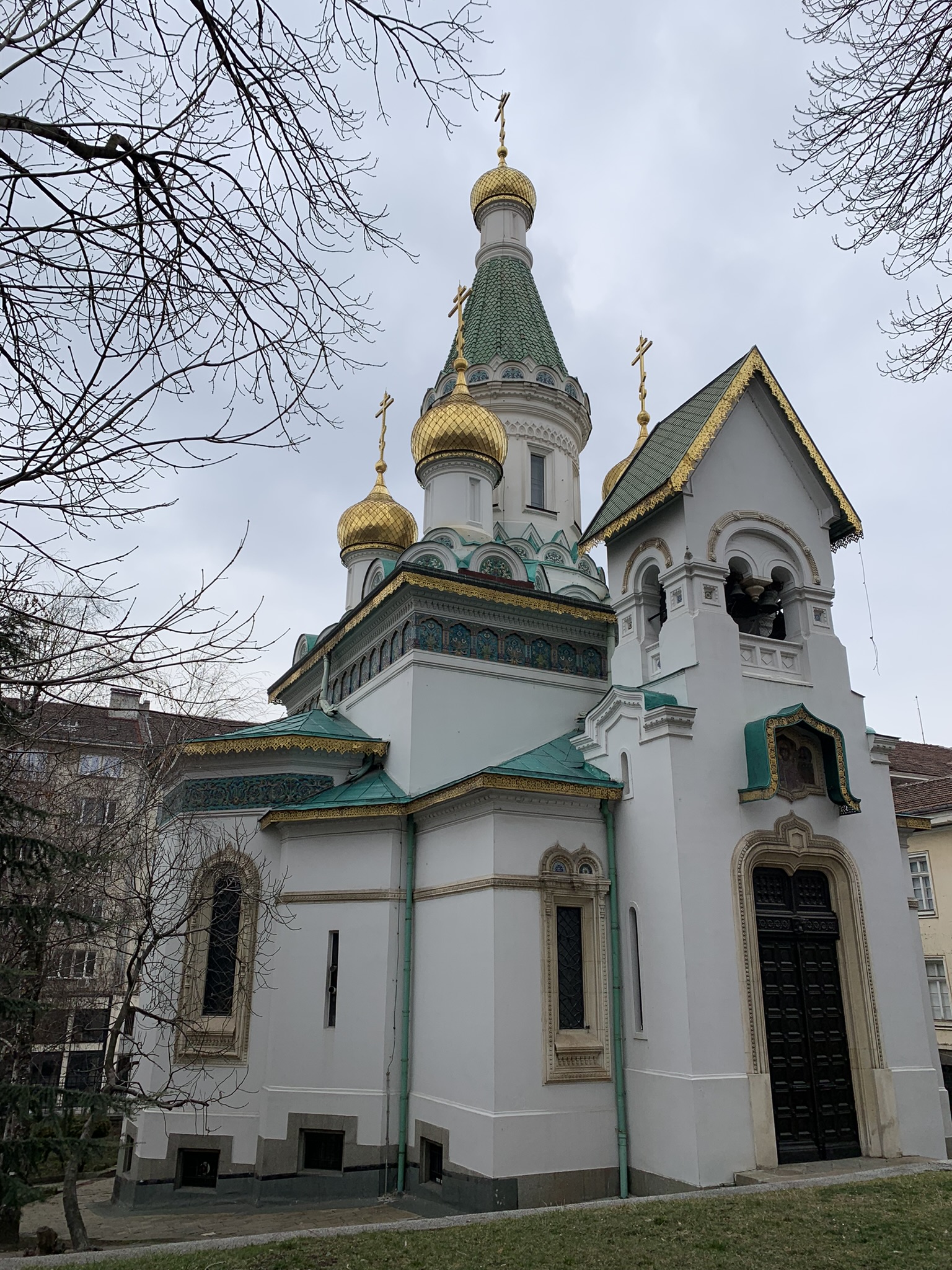
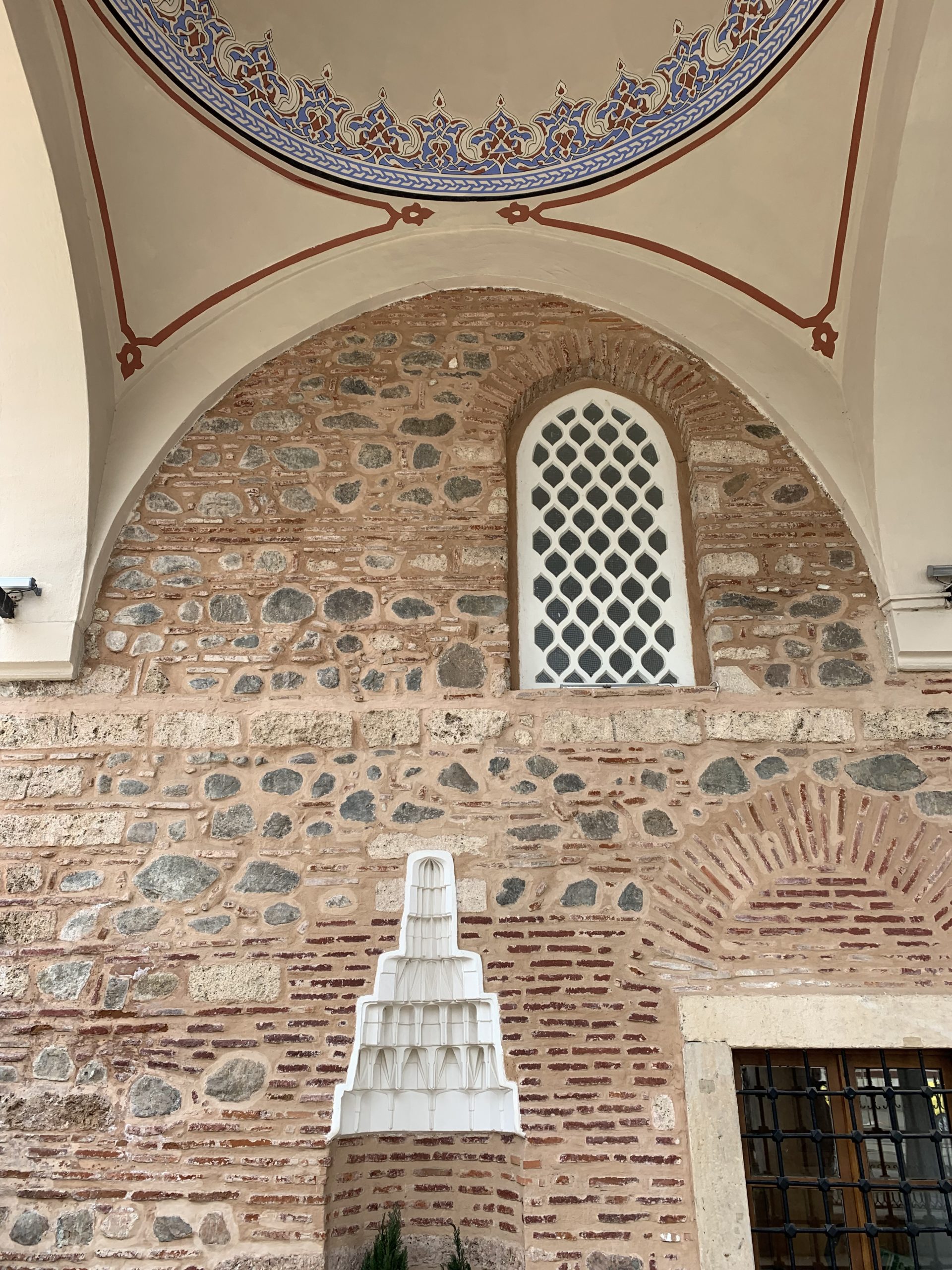

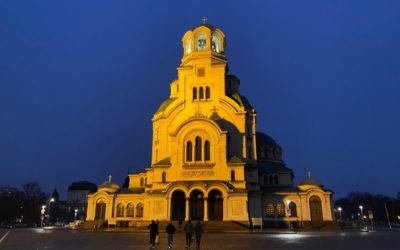


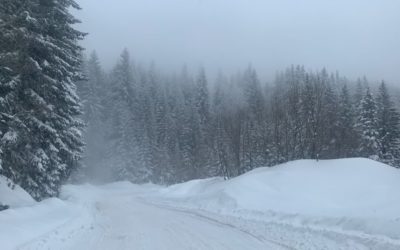
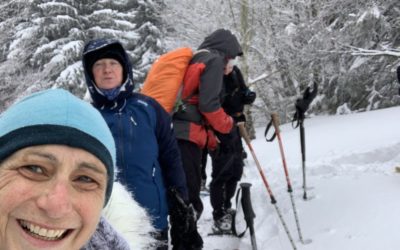
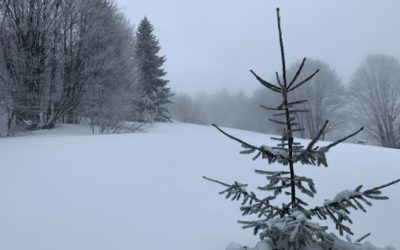
 After an uneventful 11 hour flight from San Francisco to Frankfurt, we’re now hanging out in the airport for four hours awaiting the final leg of our journey to Bulgaria. We traveled from the international terminal to the domestic terminal to find better shops and food, and our passports were stamped as if we entered and exited Germany.
After an uneventful 11 hour flight from San Francisco to Frankfurt, we’re now hanging out in the airport for four hours awaiting the final leg of our journey to Bulgaria. We traveled from the international terminal to the domestic terminal to find better shops and food, and our passports were stamped as if we entered and exited Germany.  Today is the day! Very excited – and a bit anxious. Today, Joel and I head to Bulgaria for a week of snowshoeing in Bulgaria and a week of sightseeing in Istanbul. Lots of pics to come.
Today is the day! Very excited – and a bit anxious. Today, Joel and I head to Bulgaria for a week of snowshoeing in Bulgaria and a week of sightseeing in Istanbul. Lots of pics to come.



















